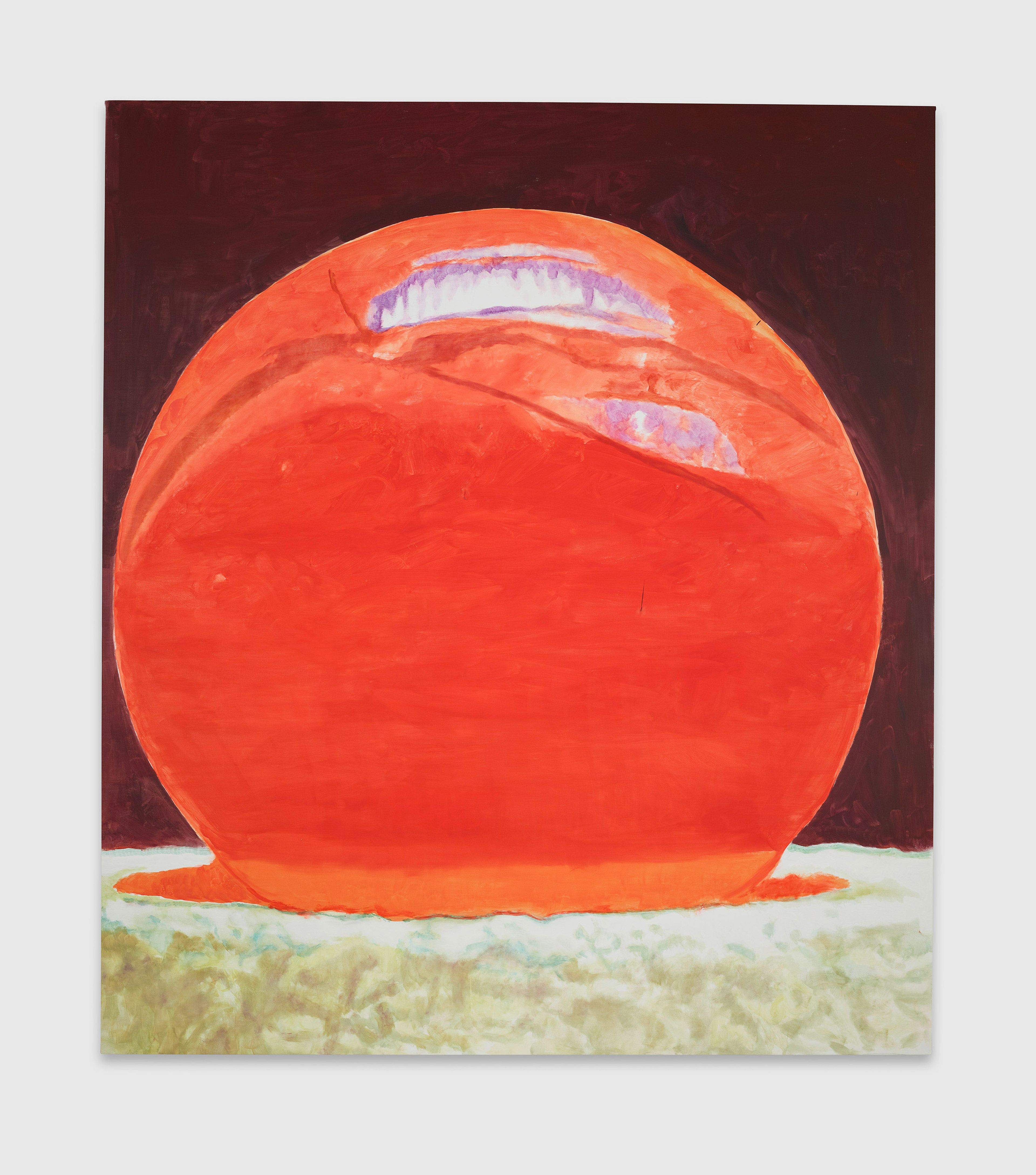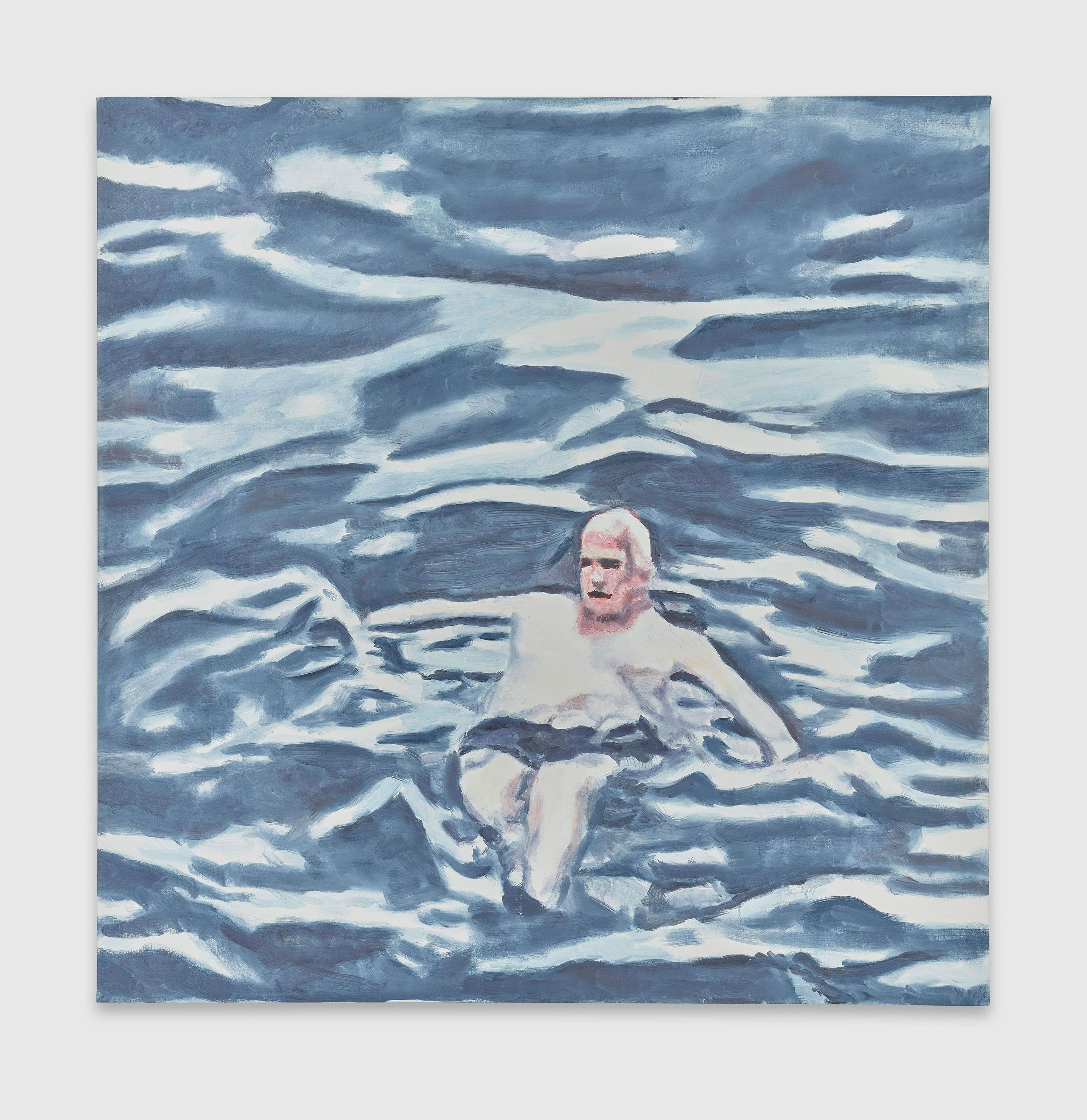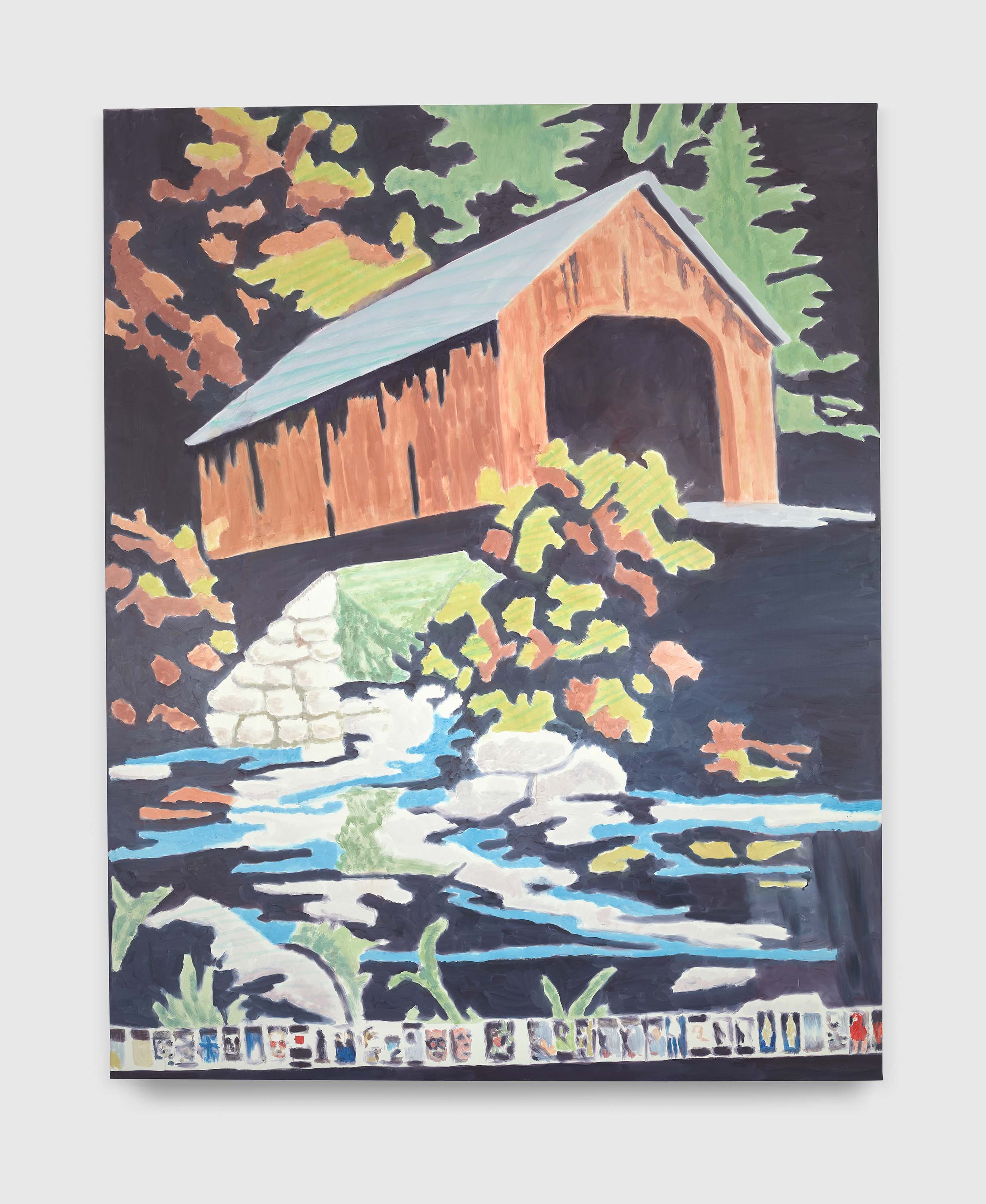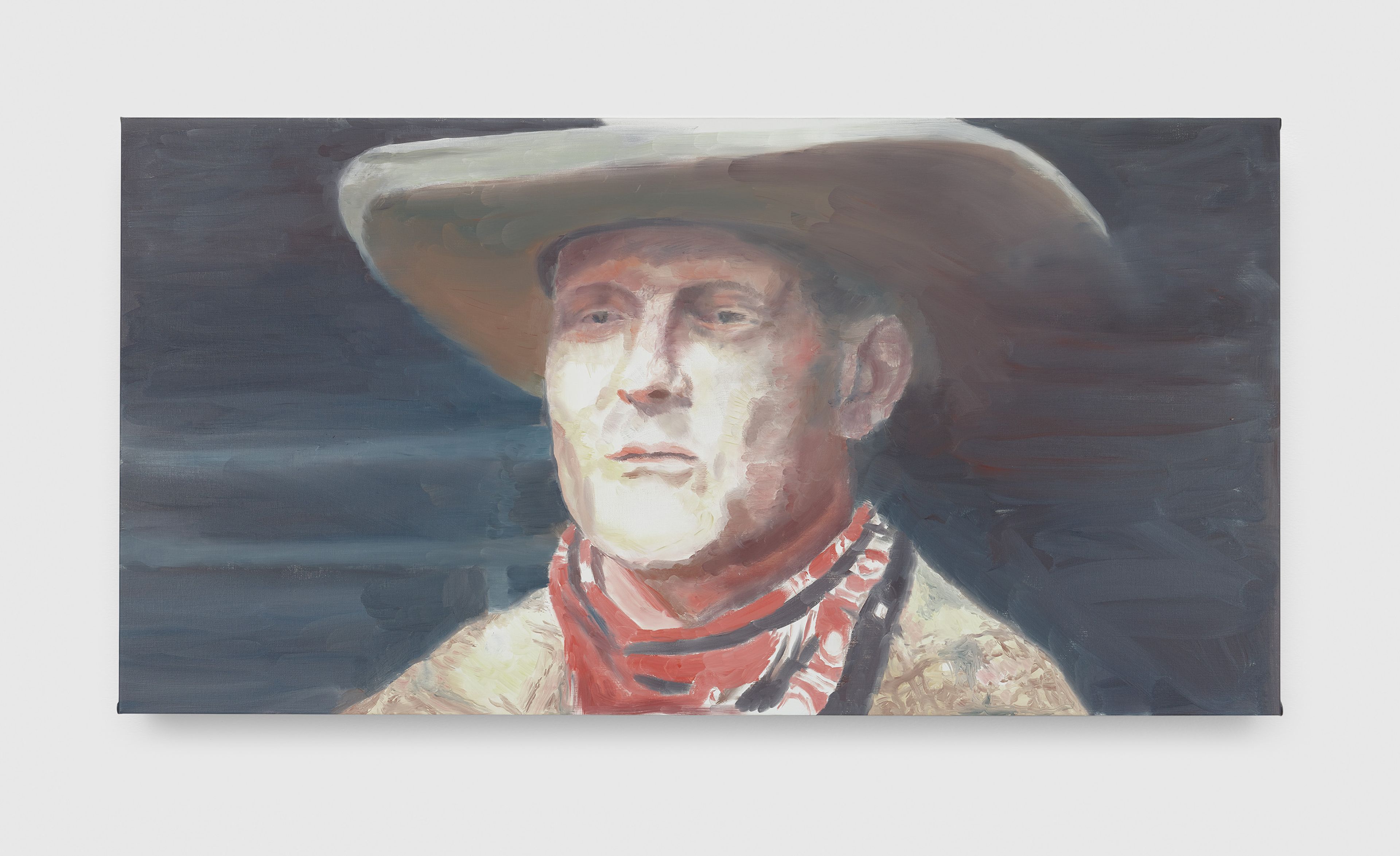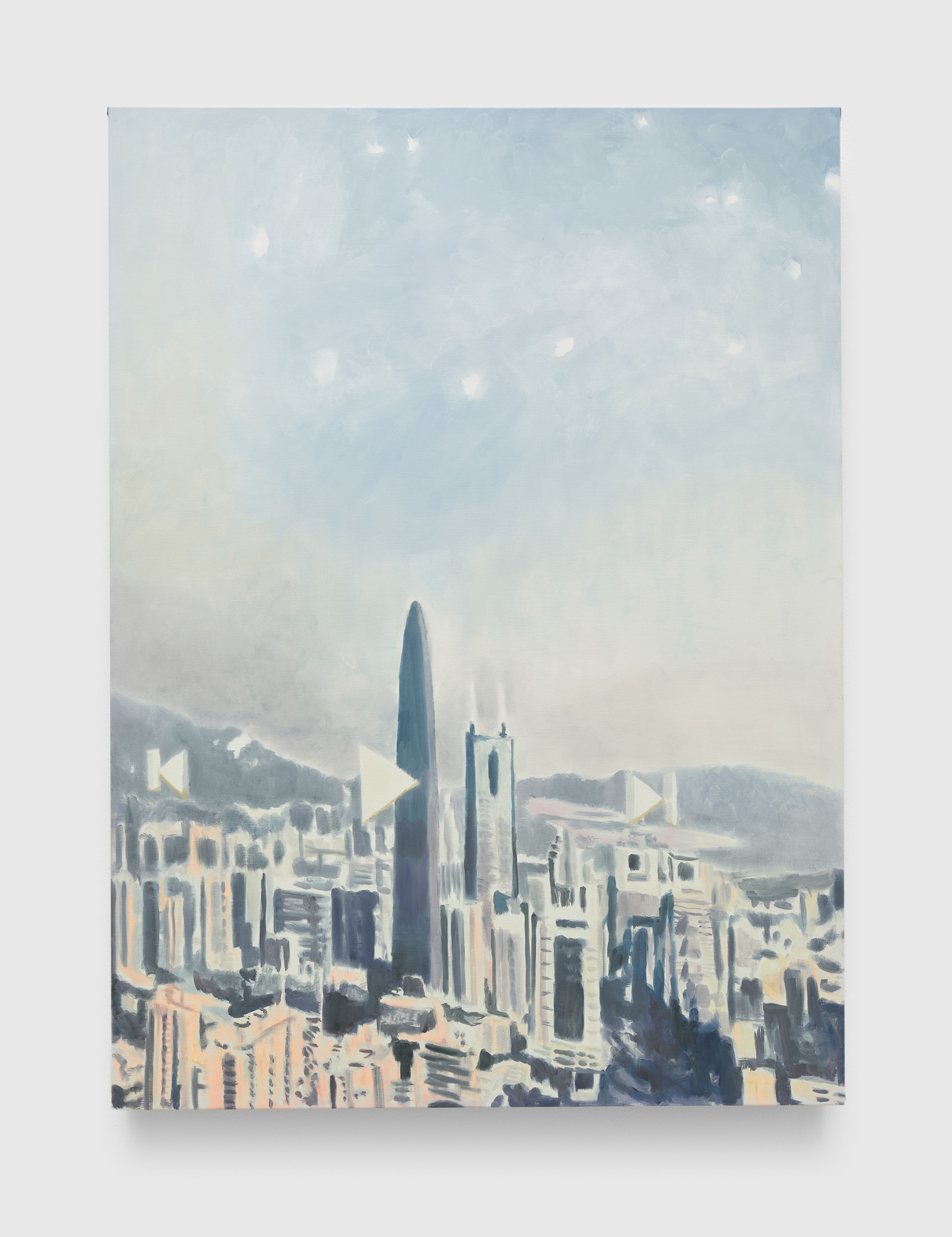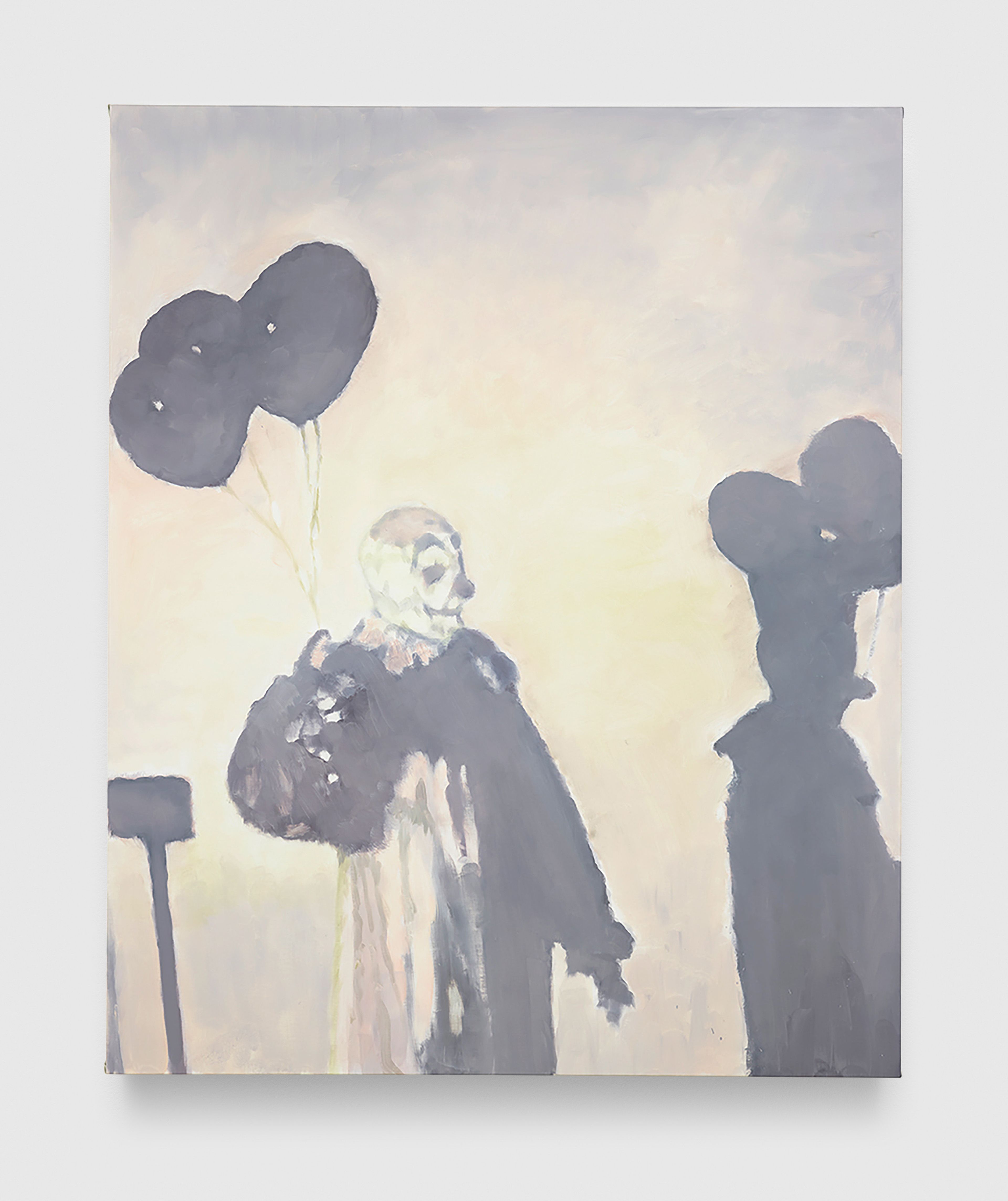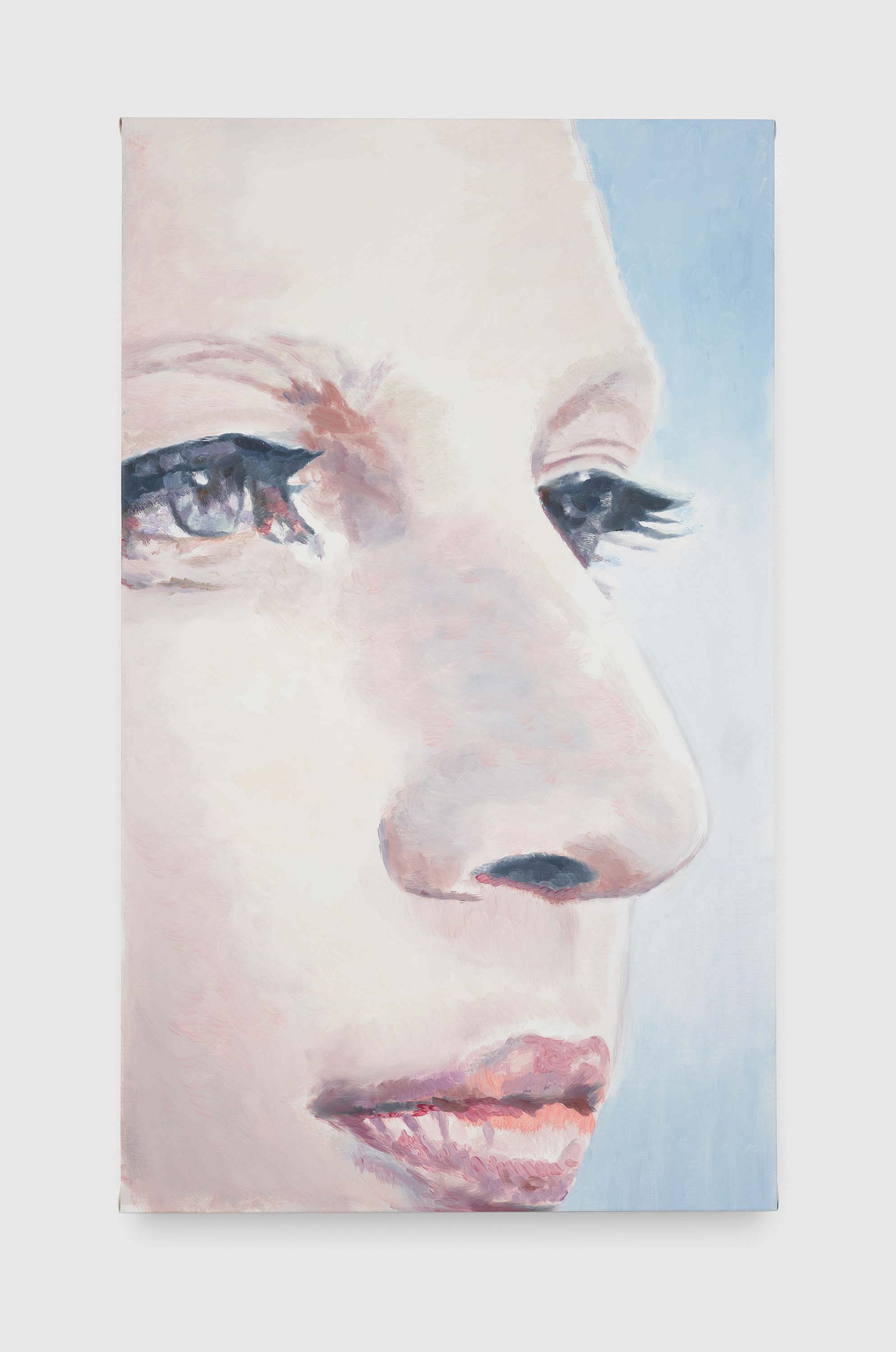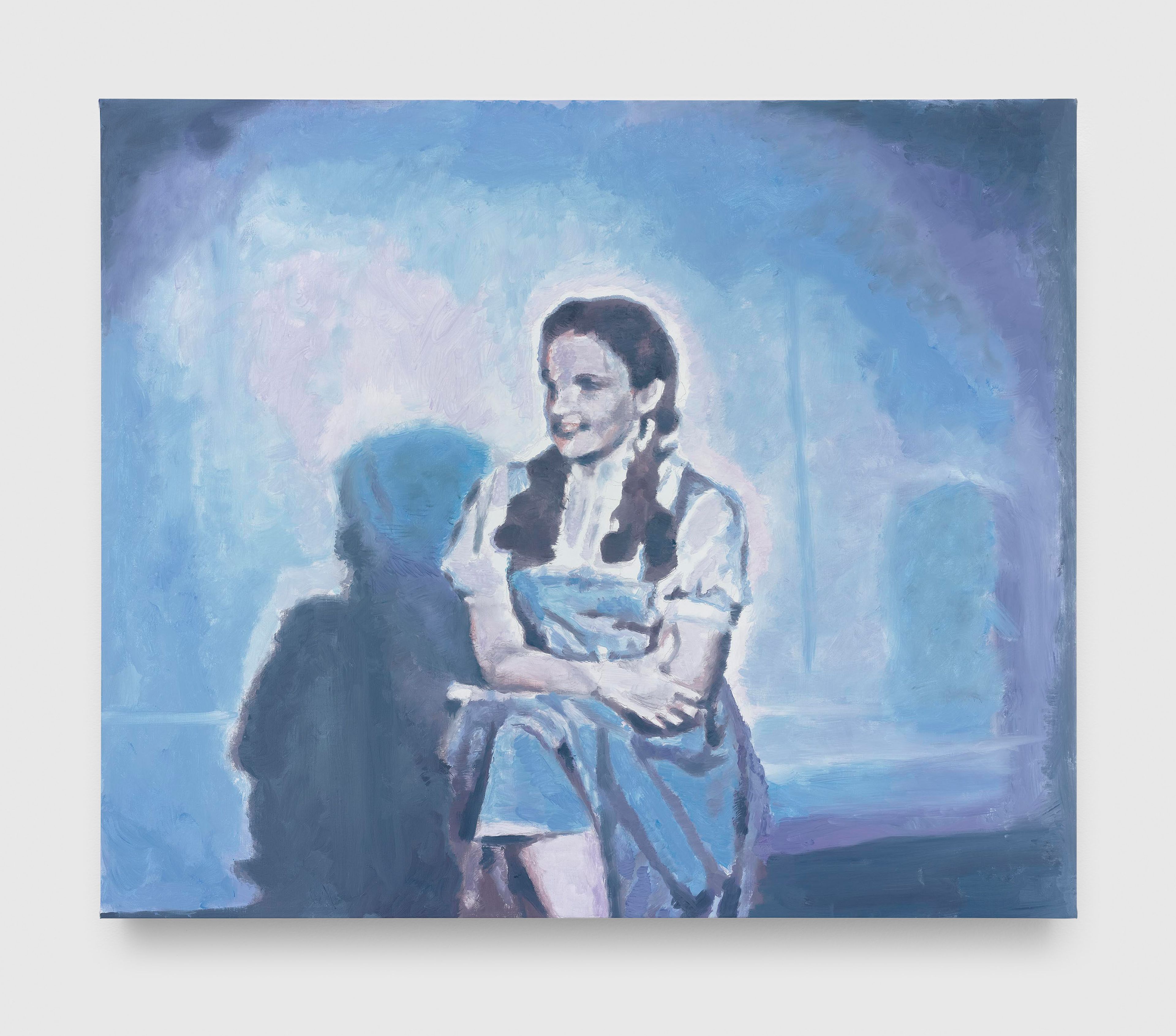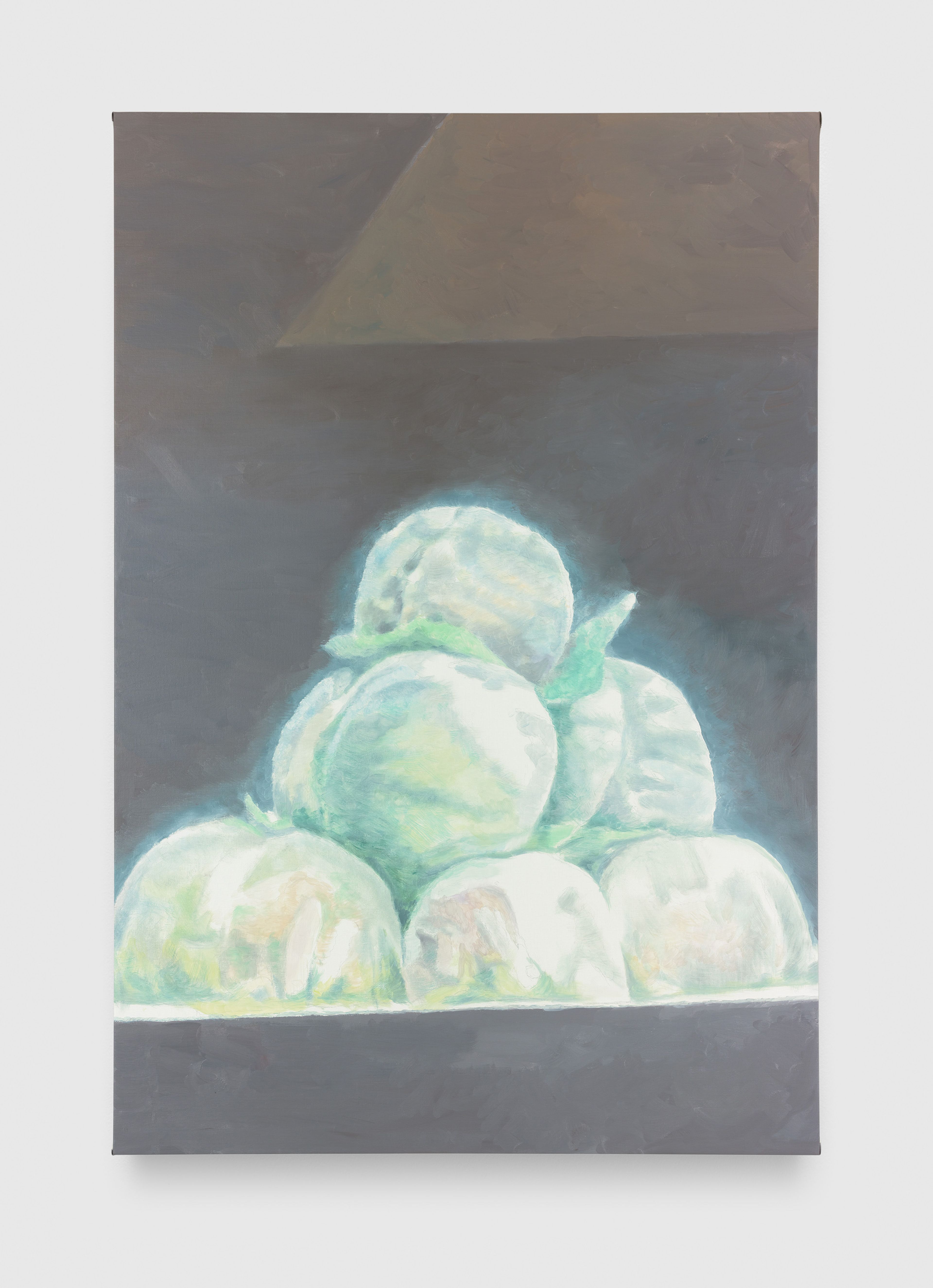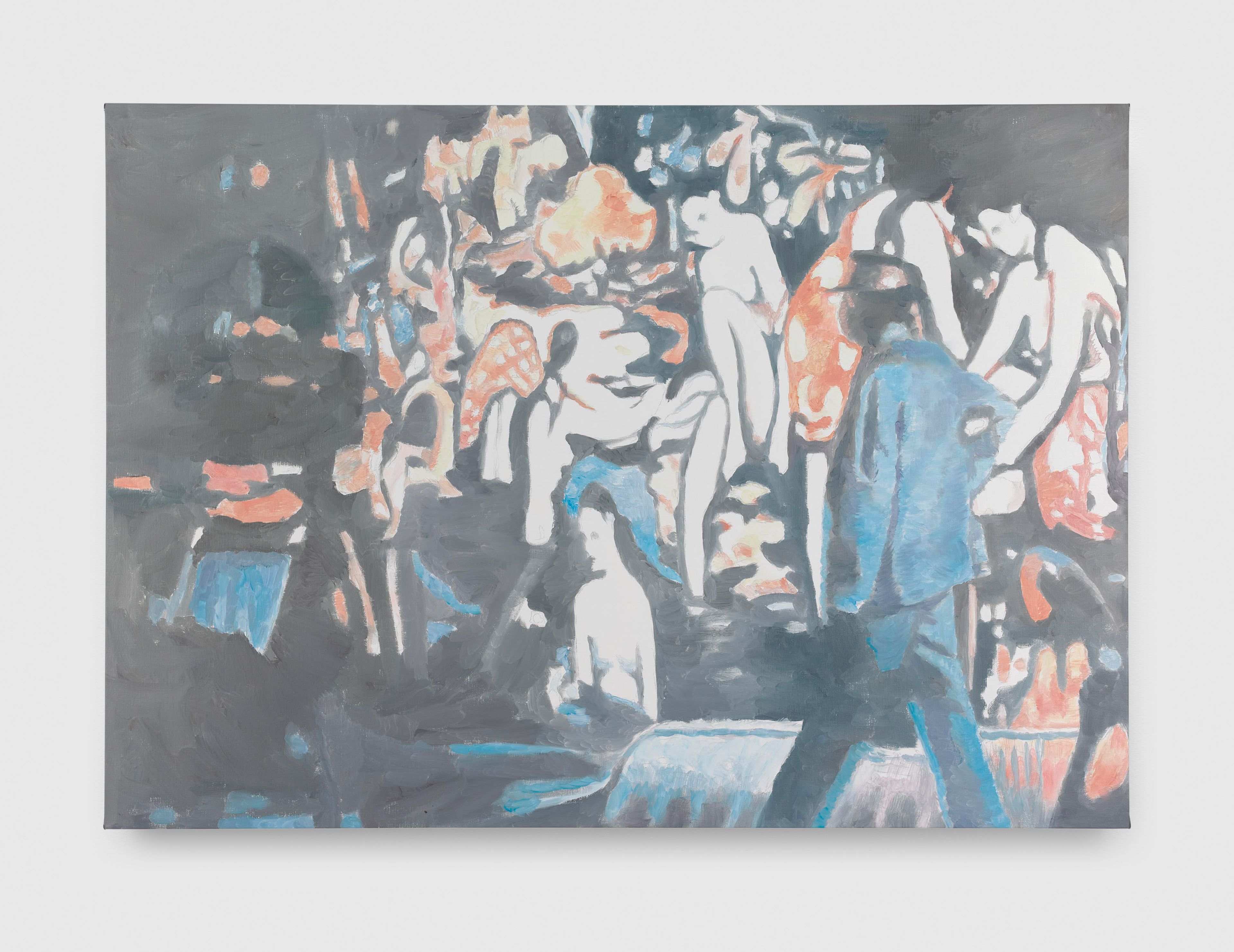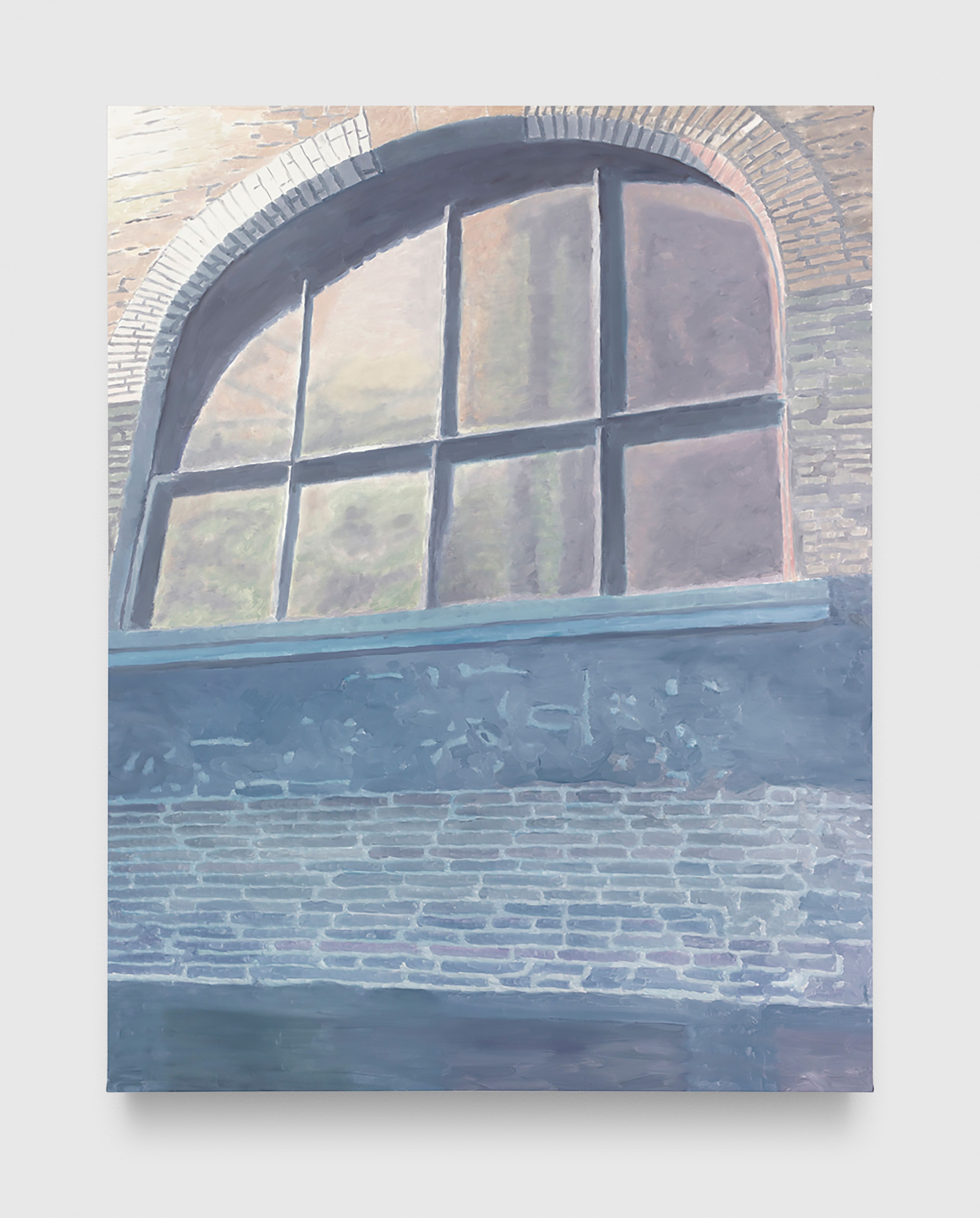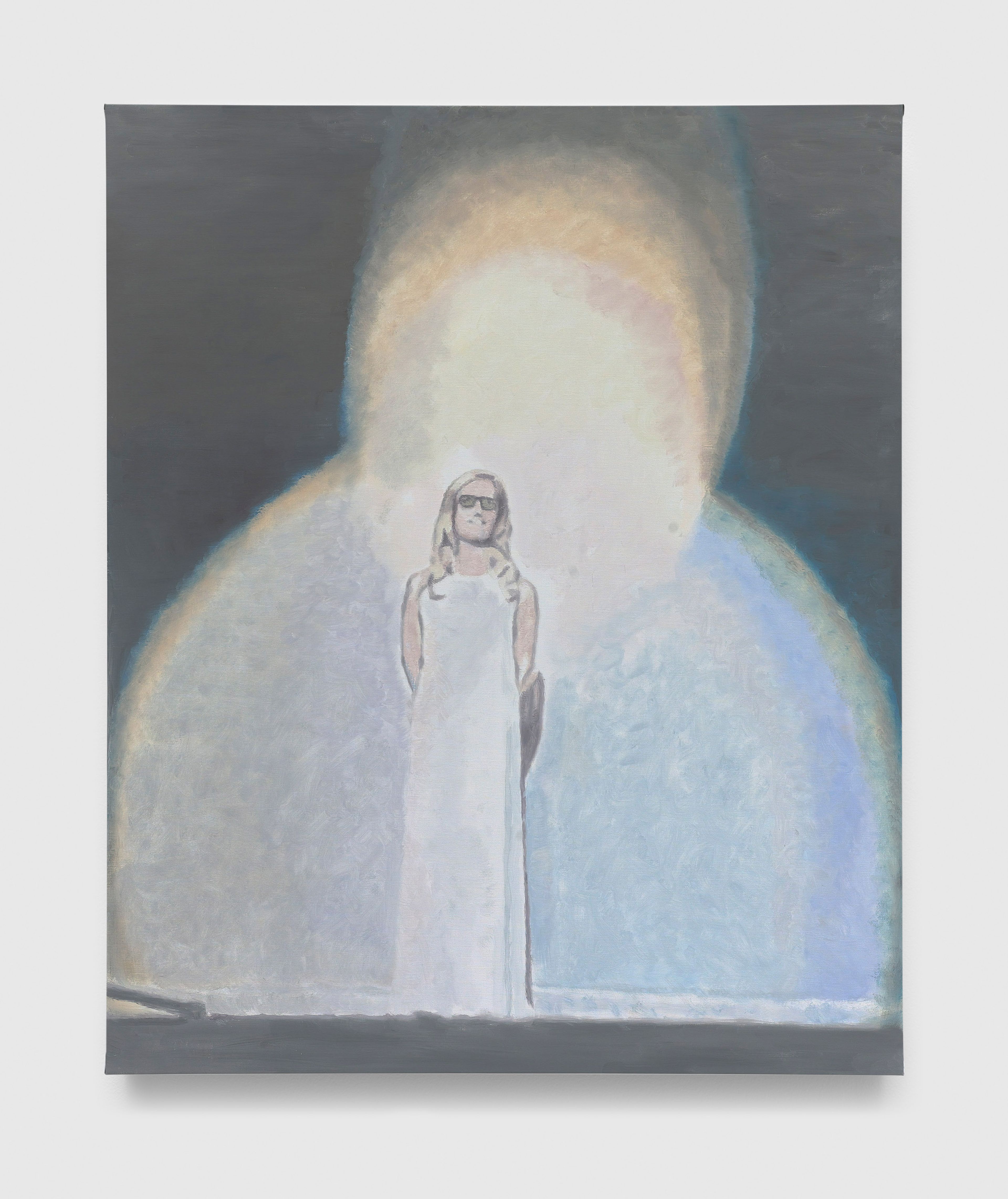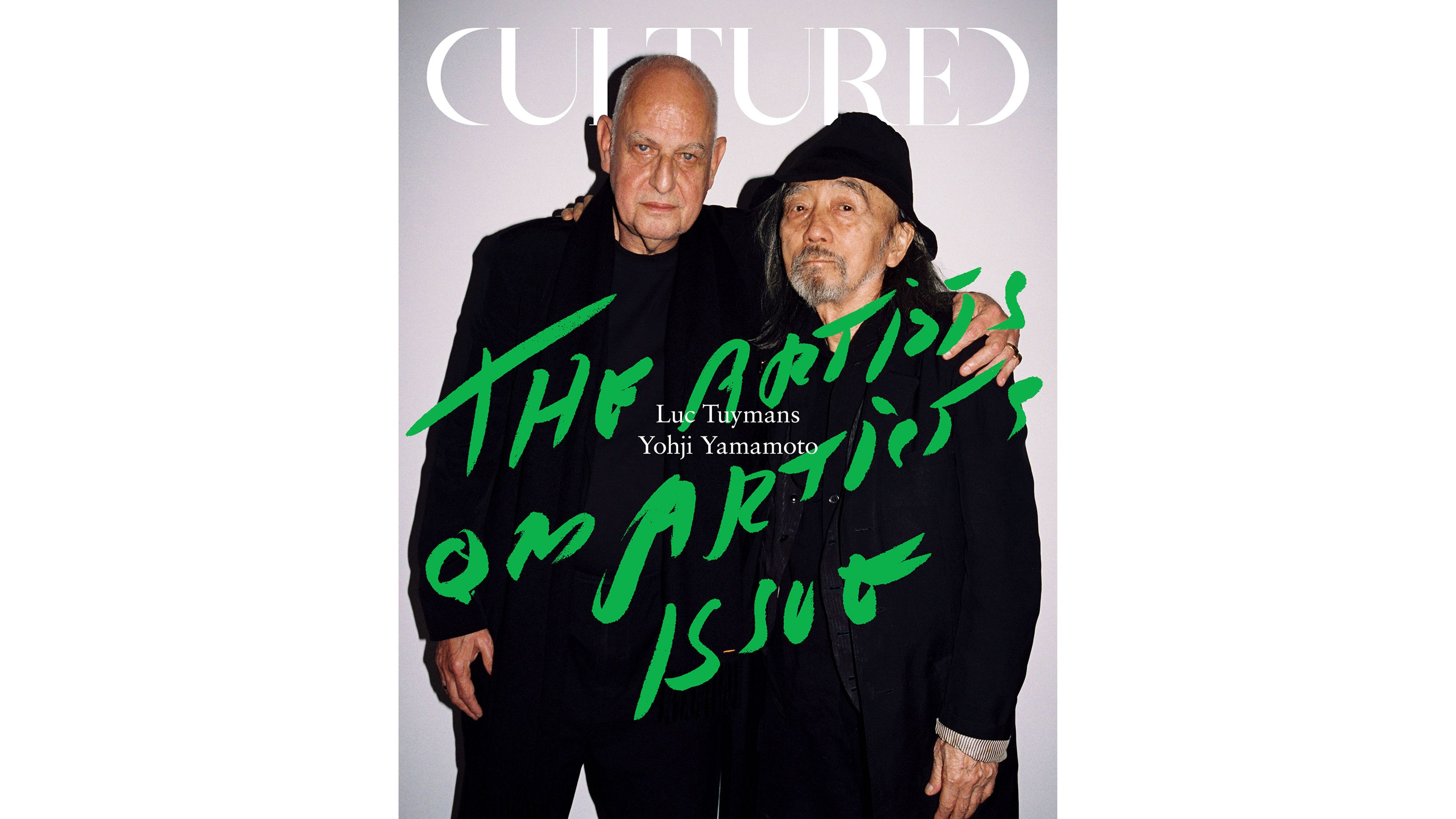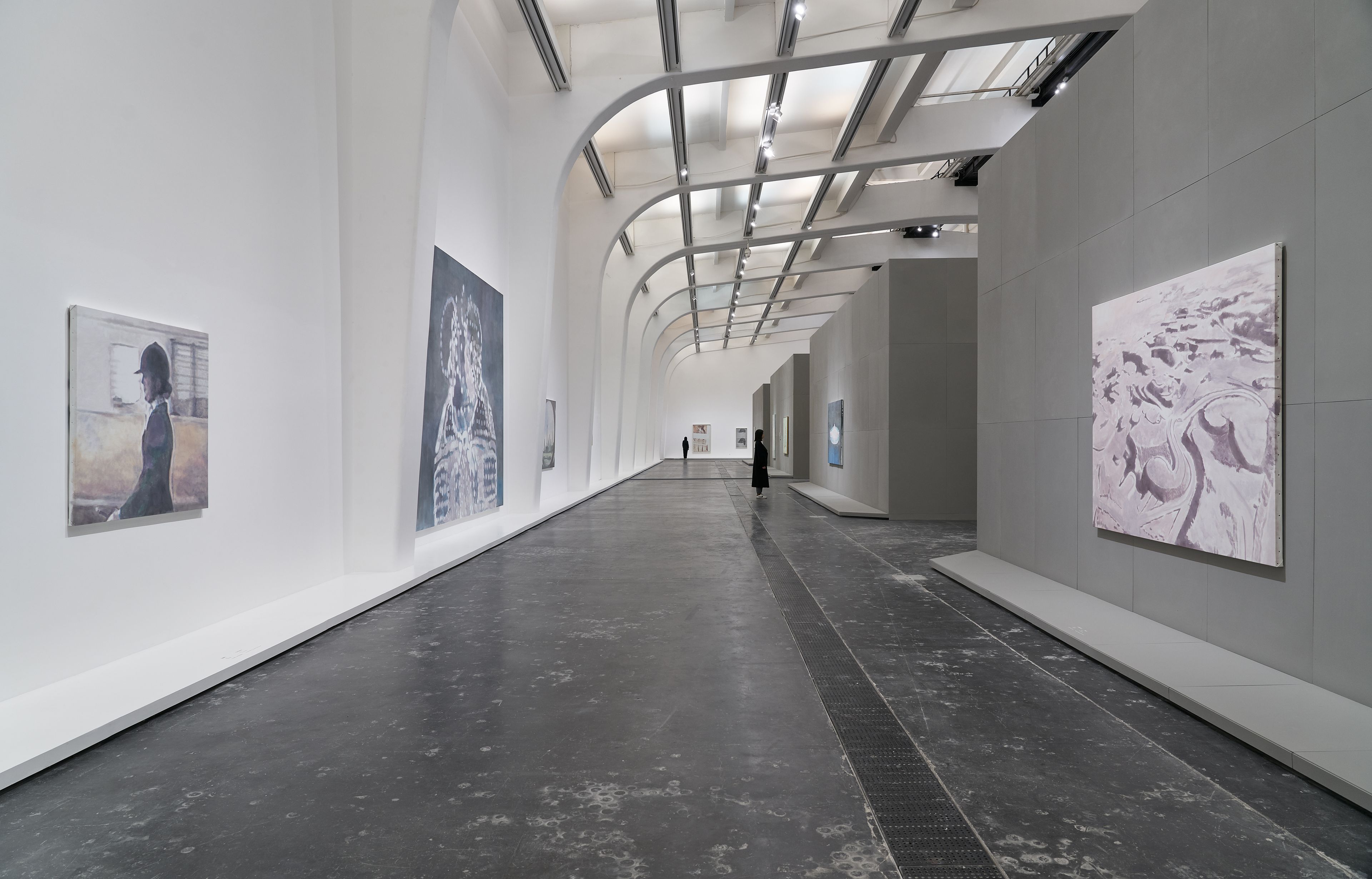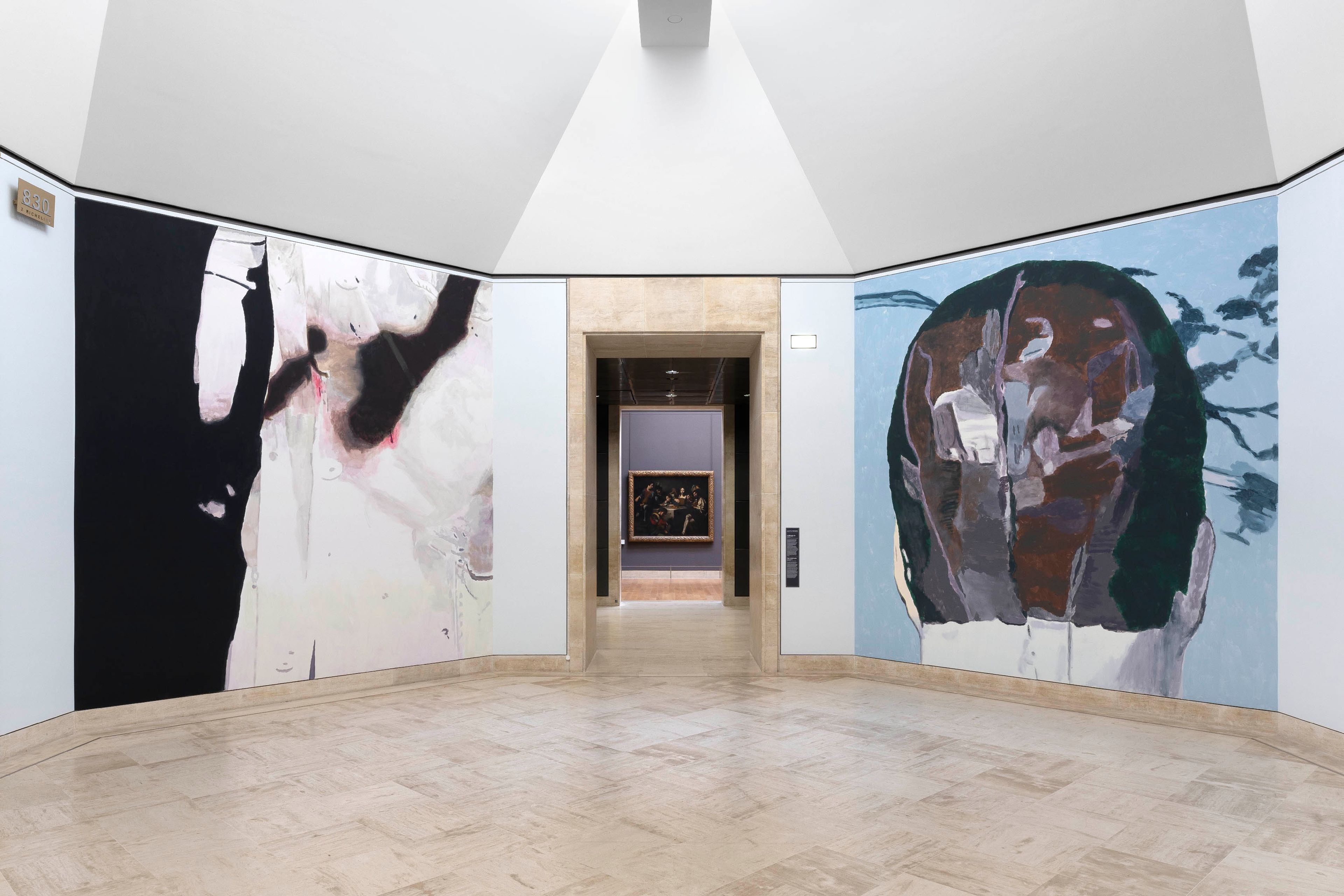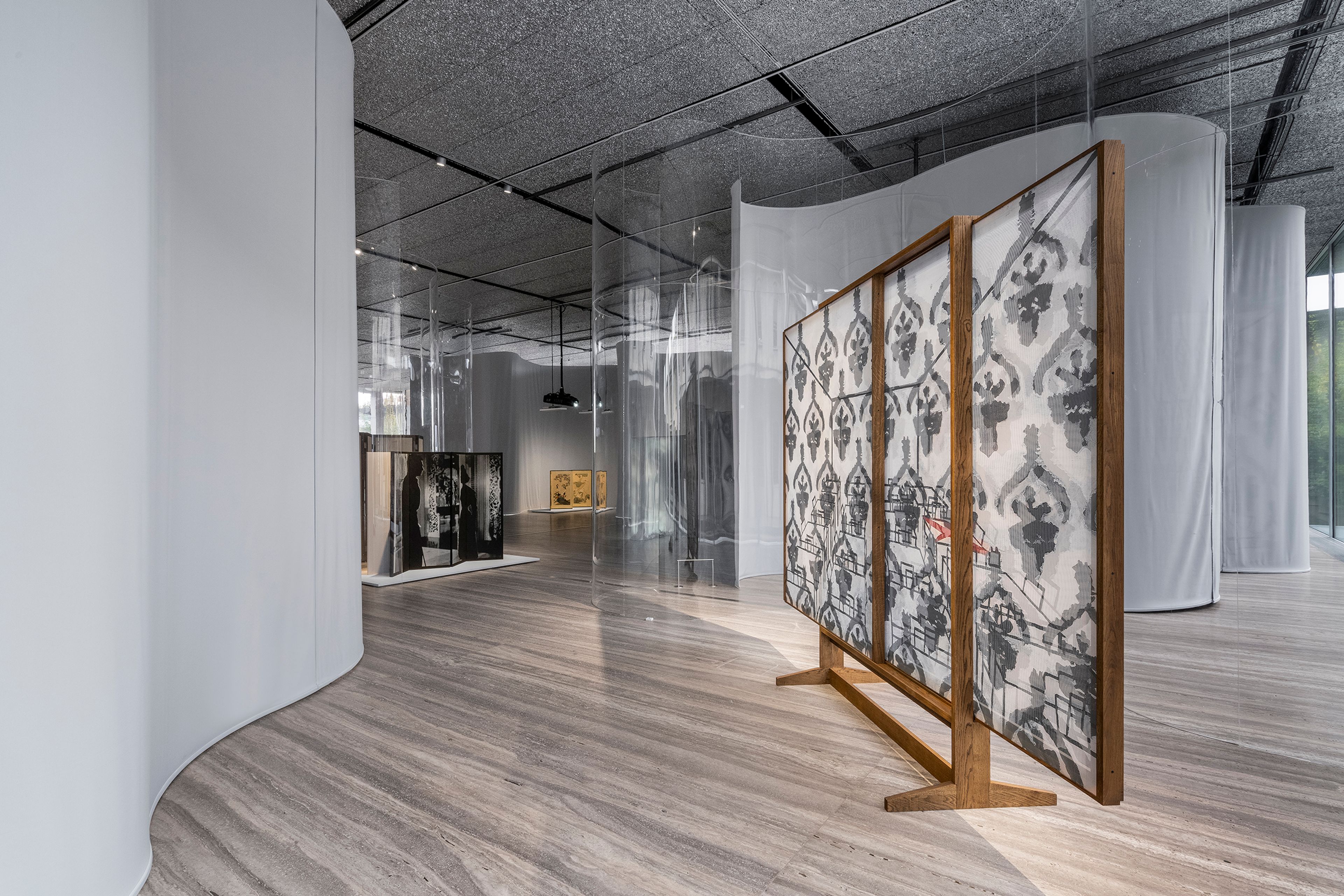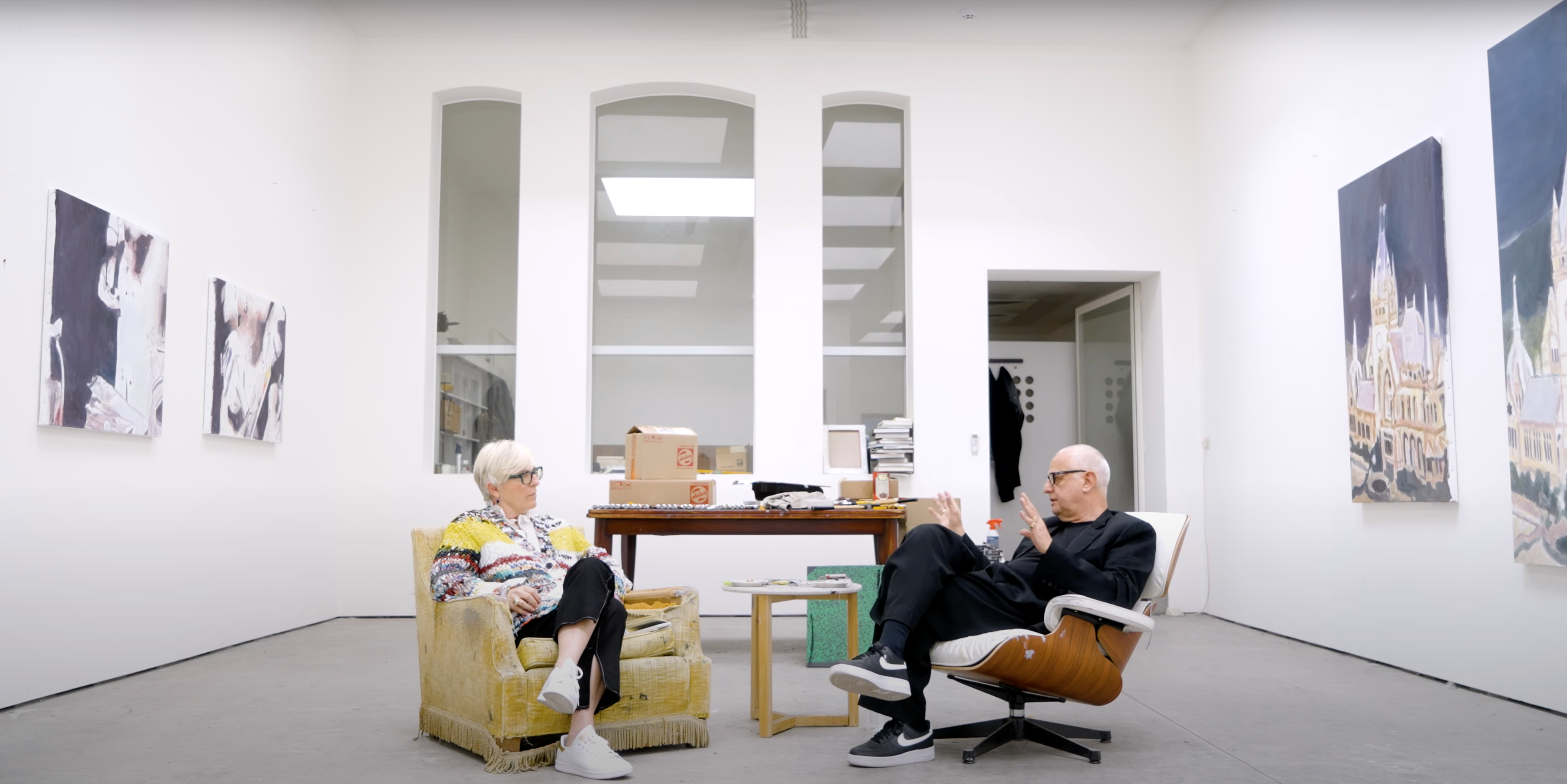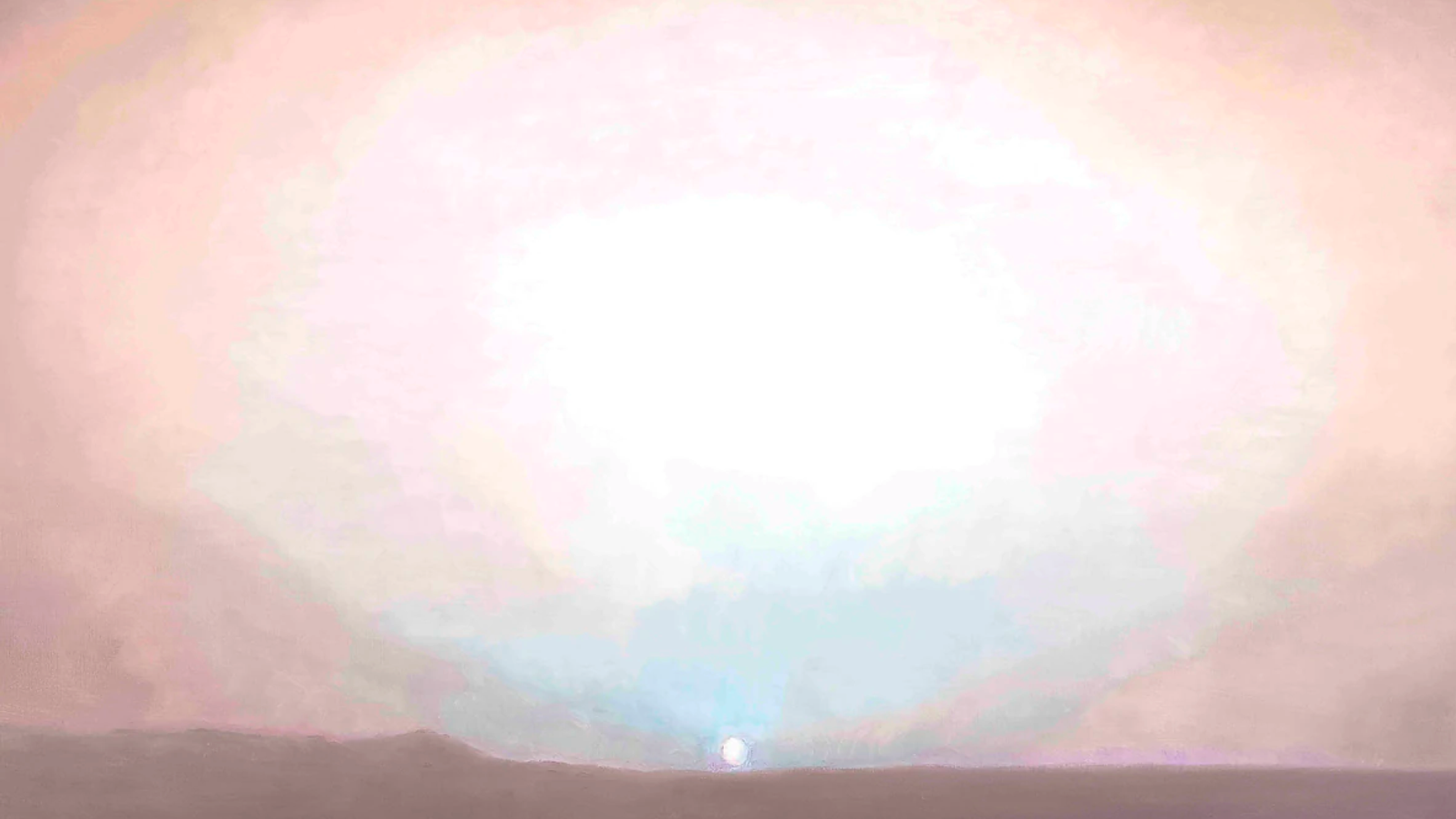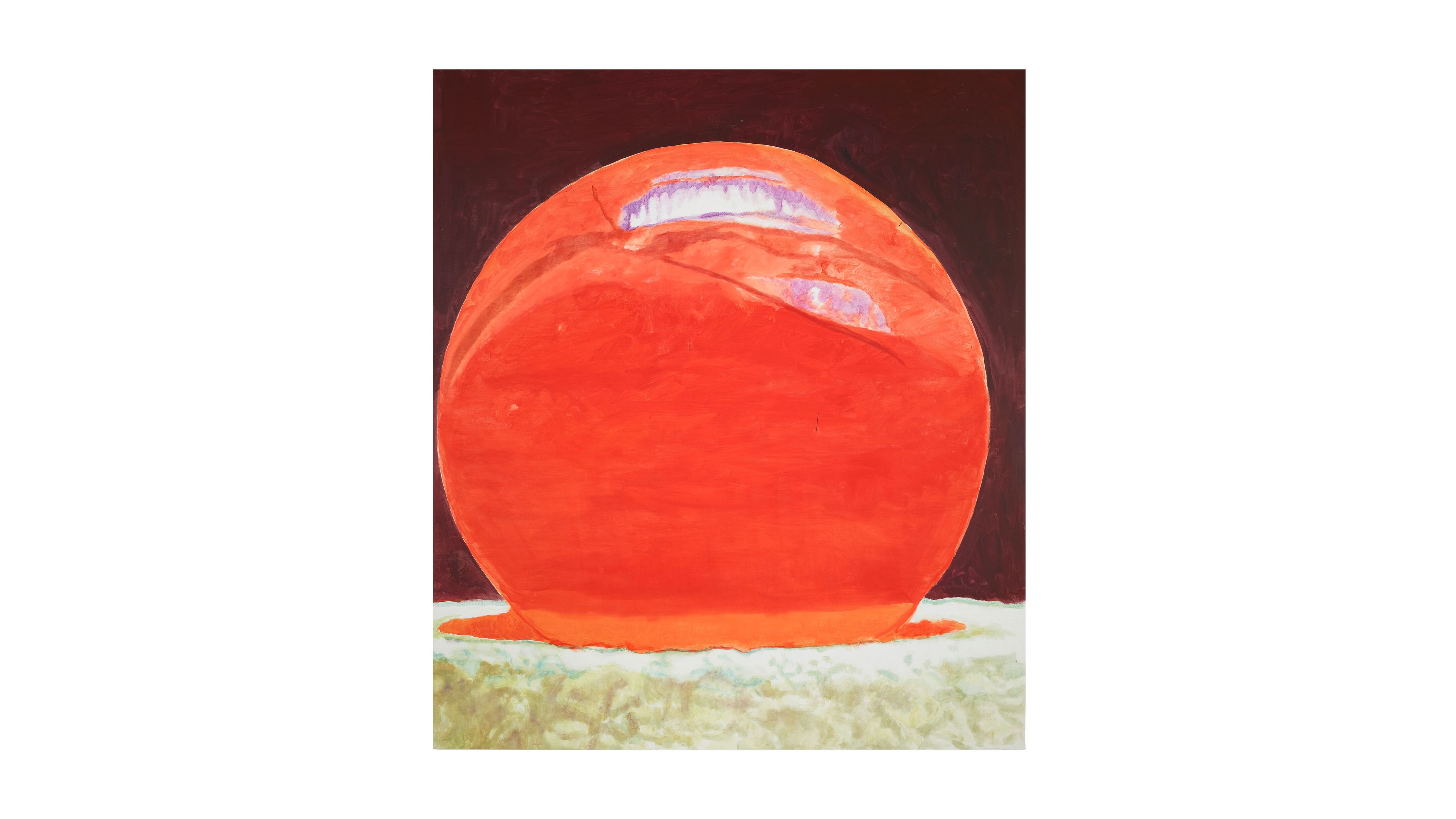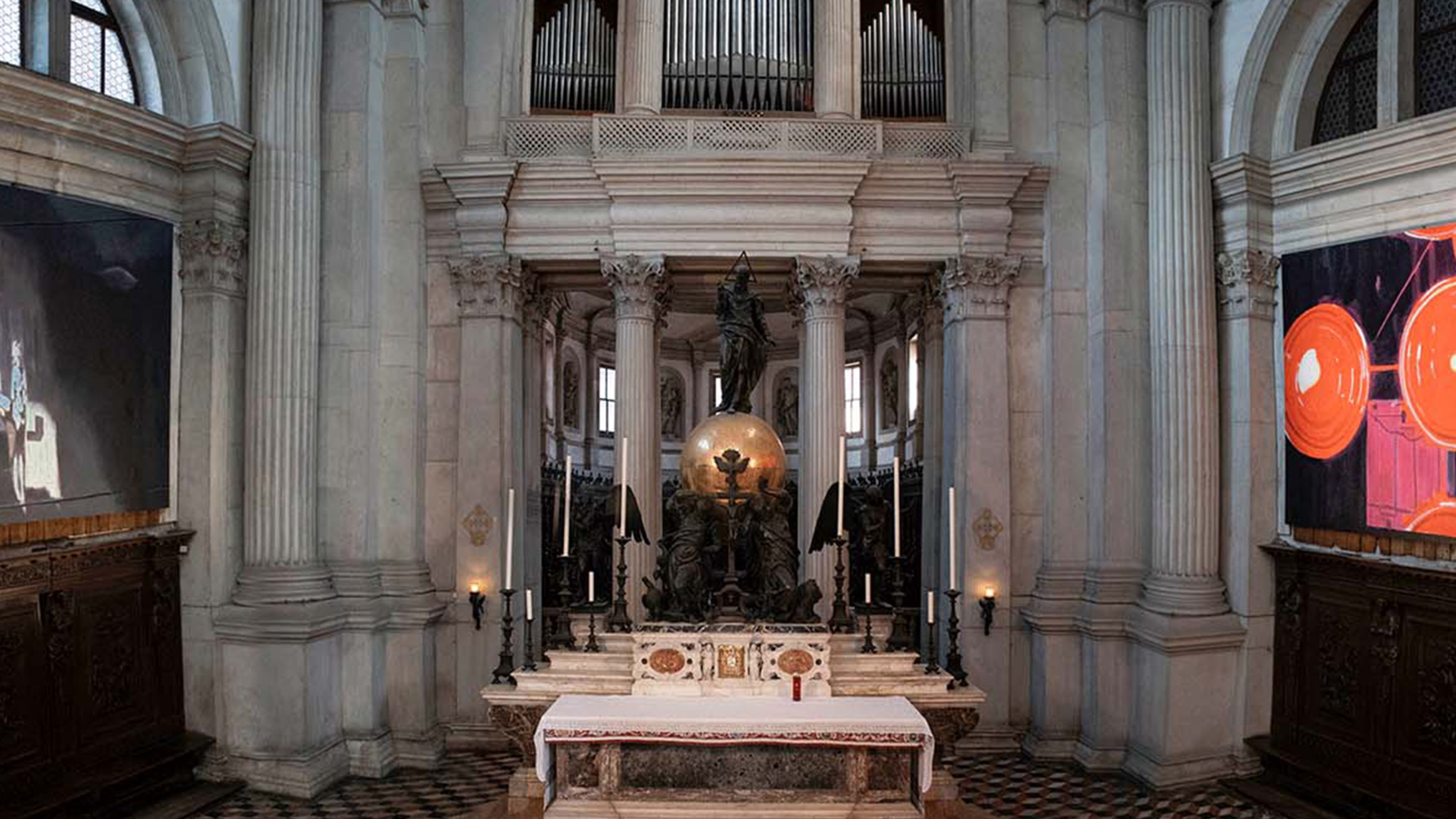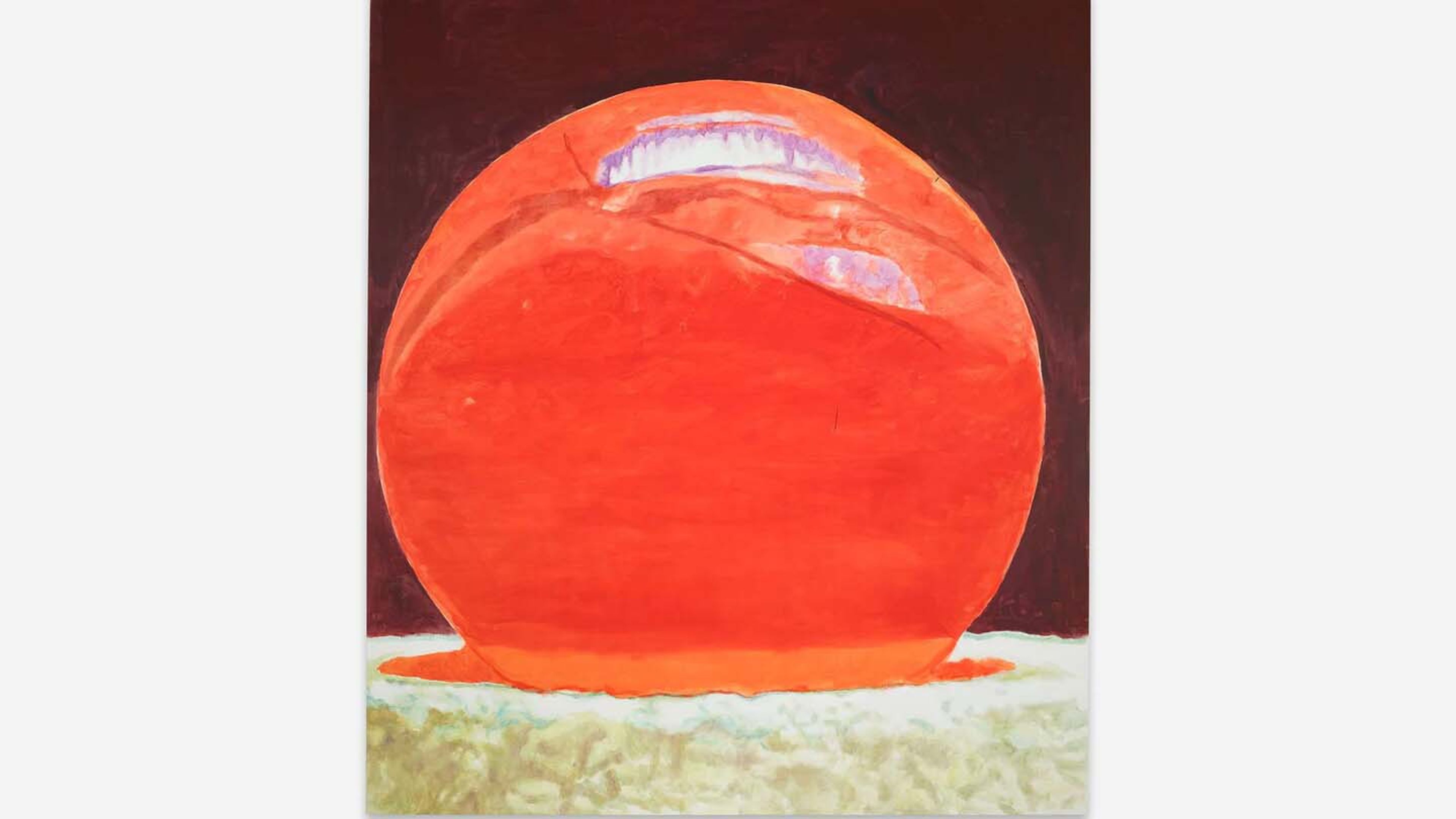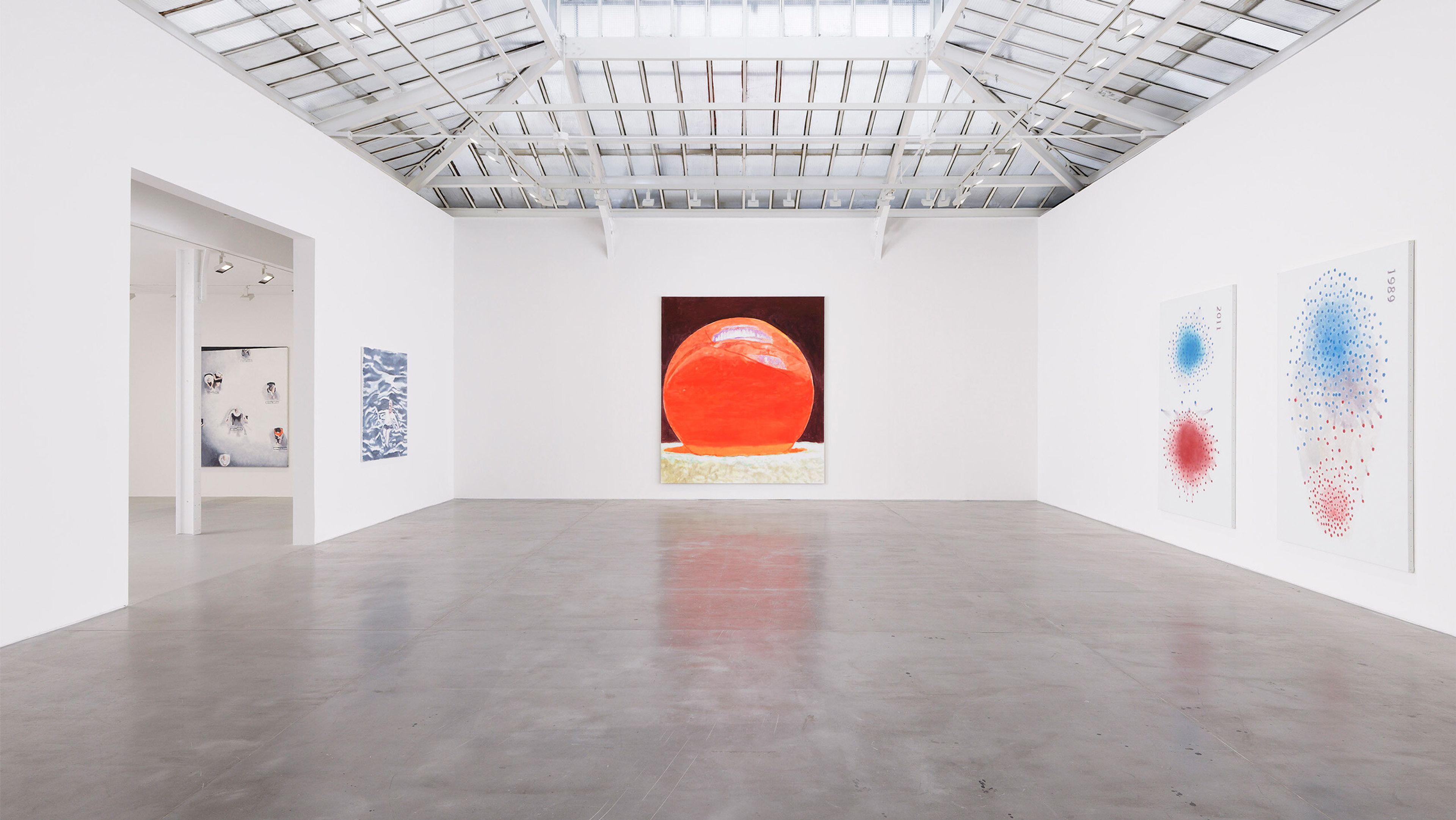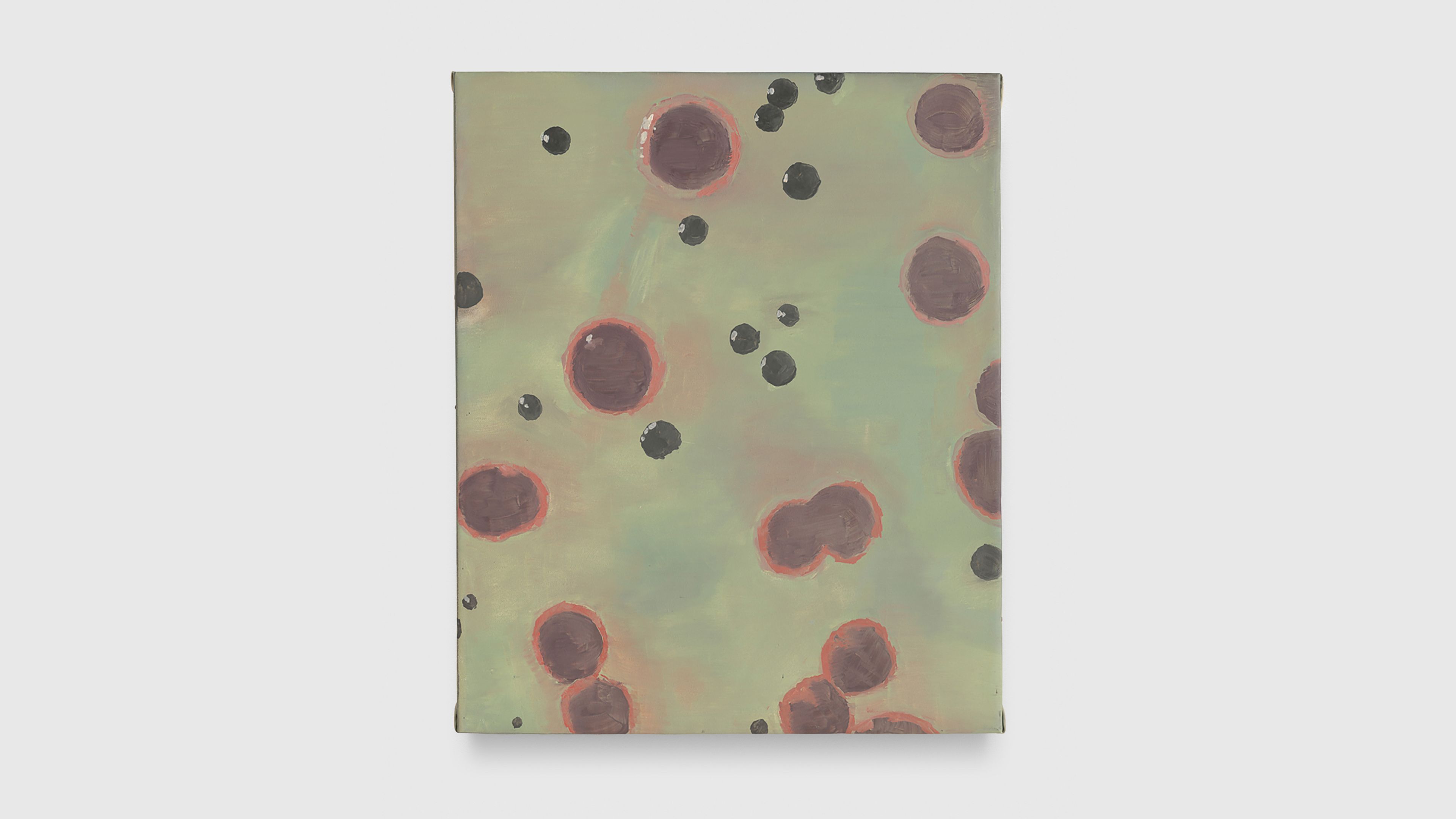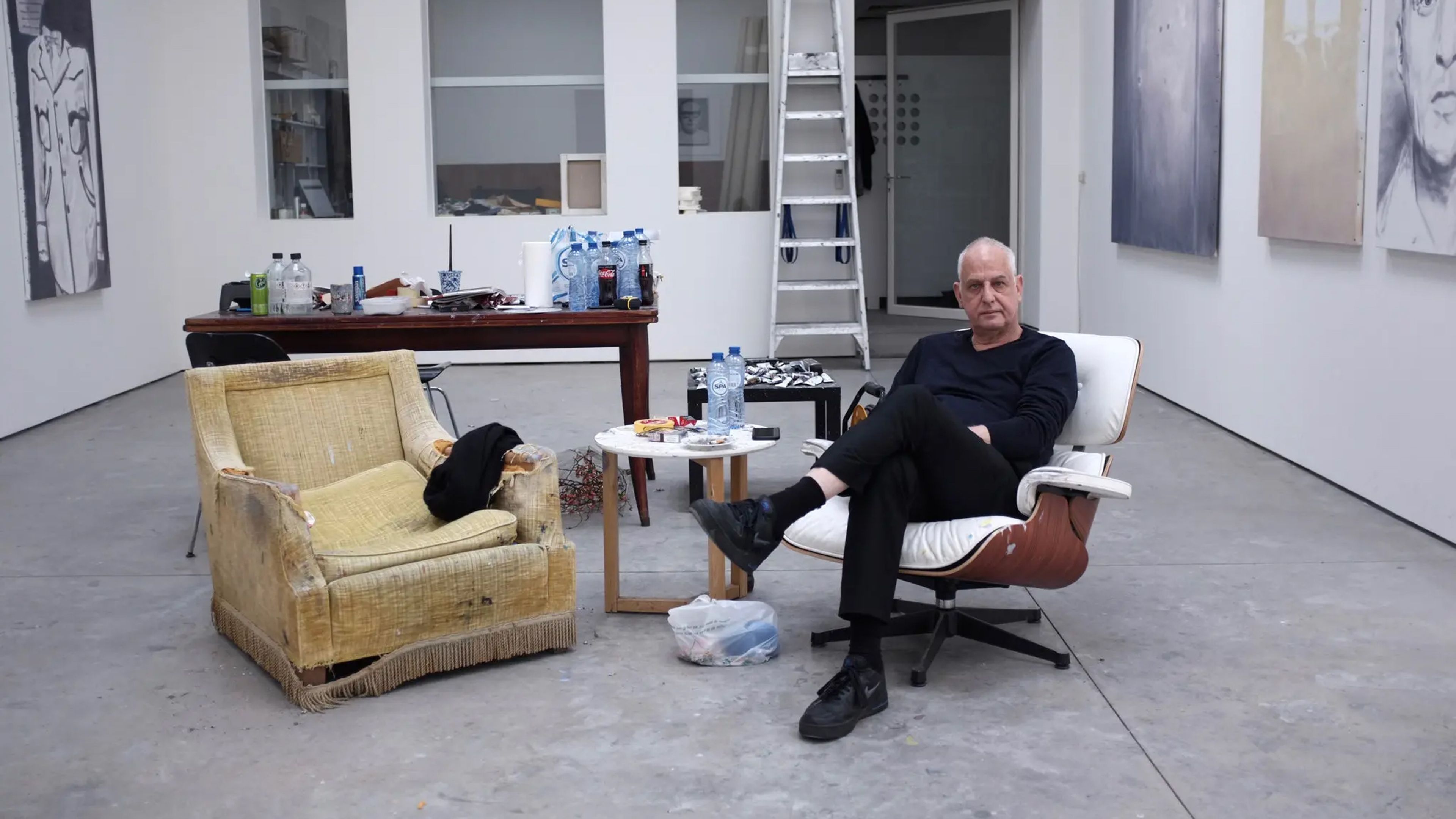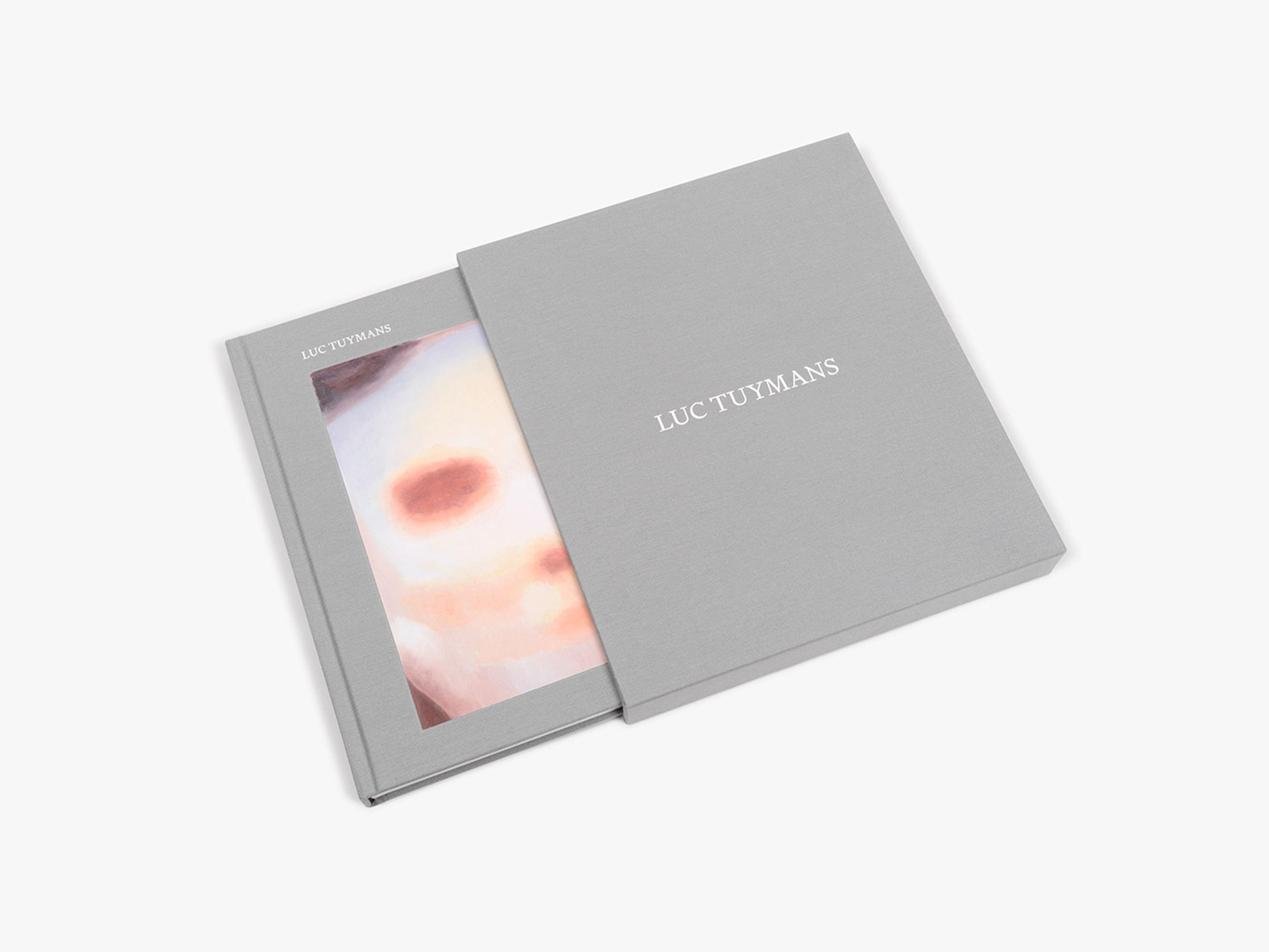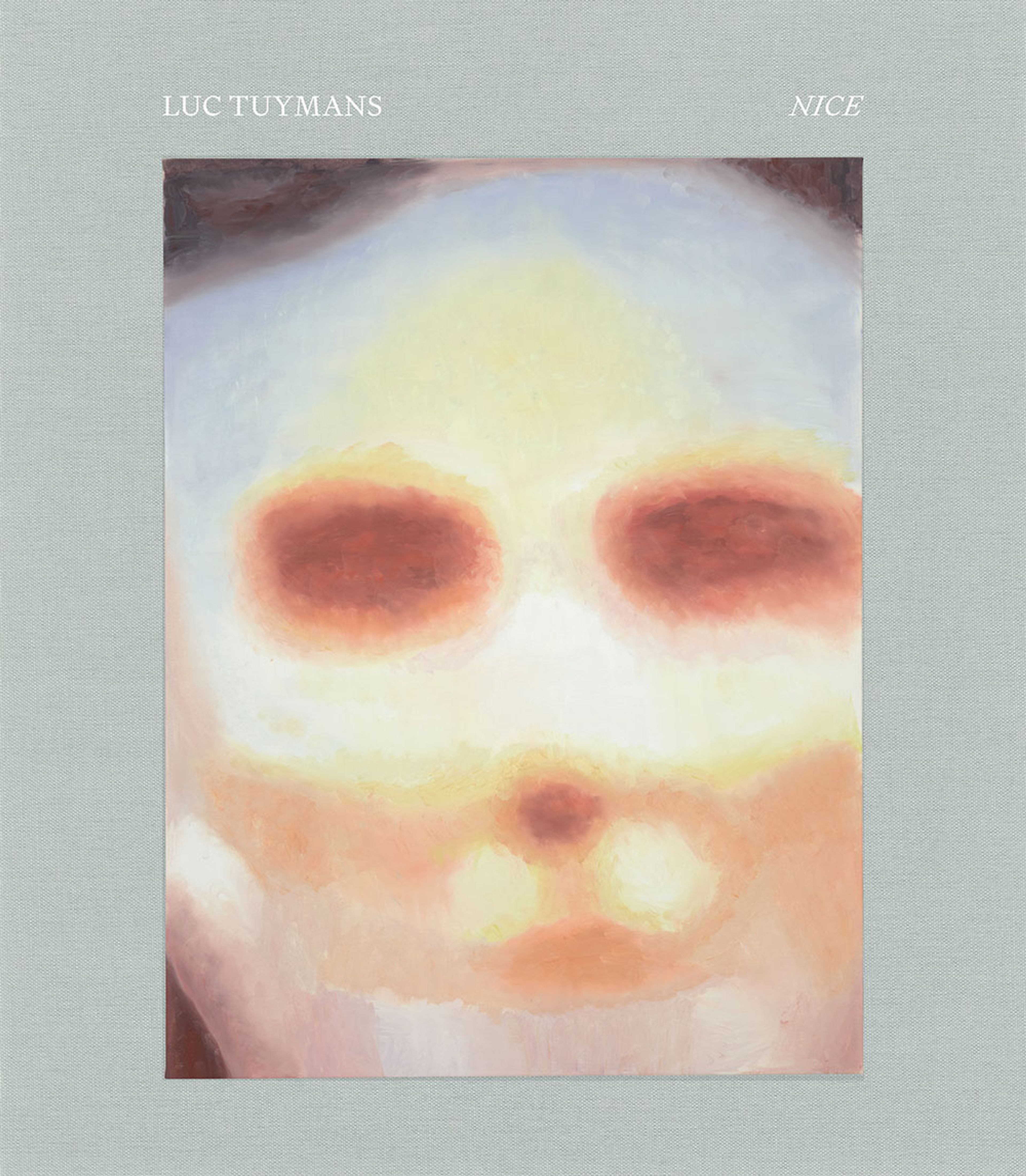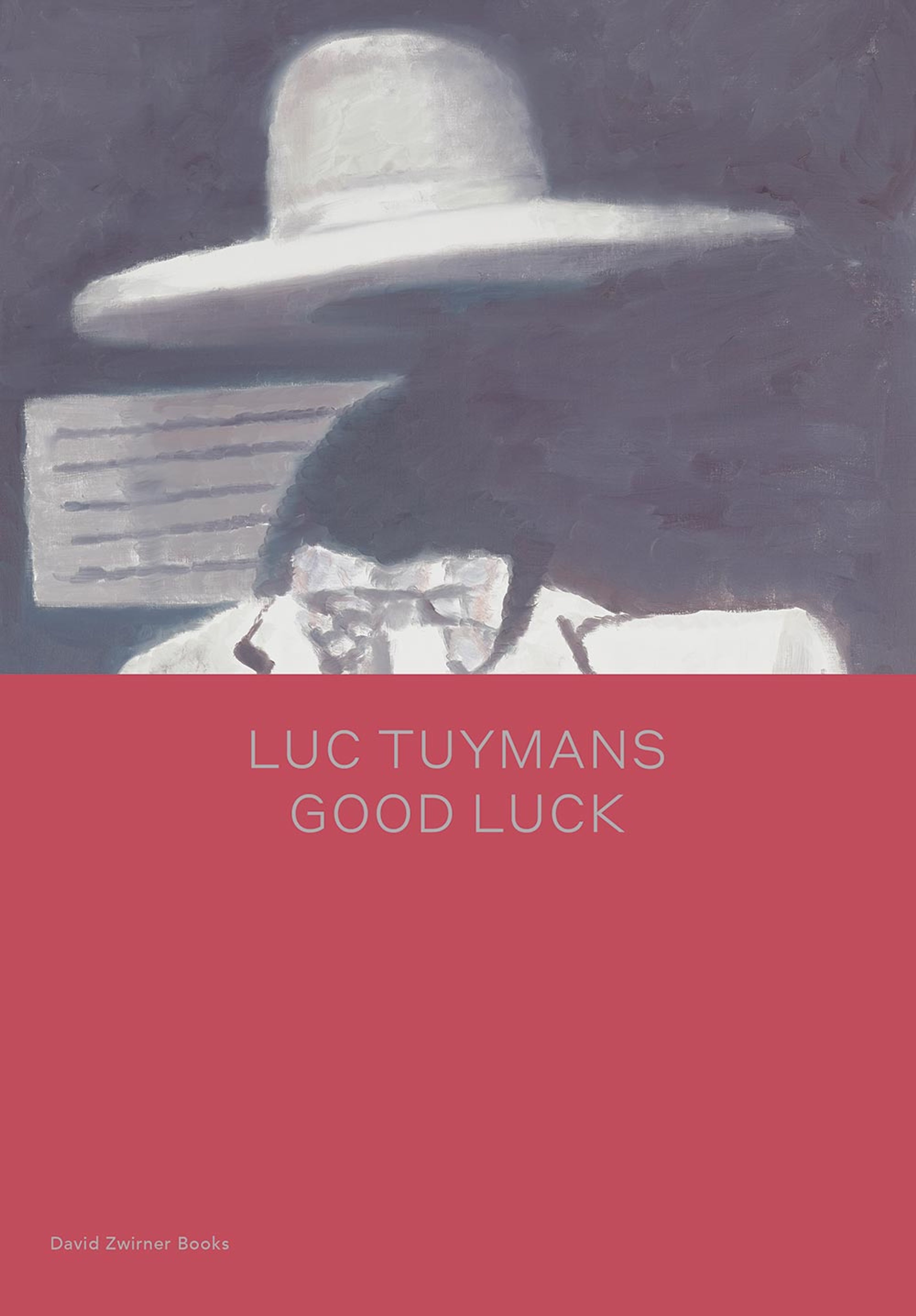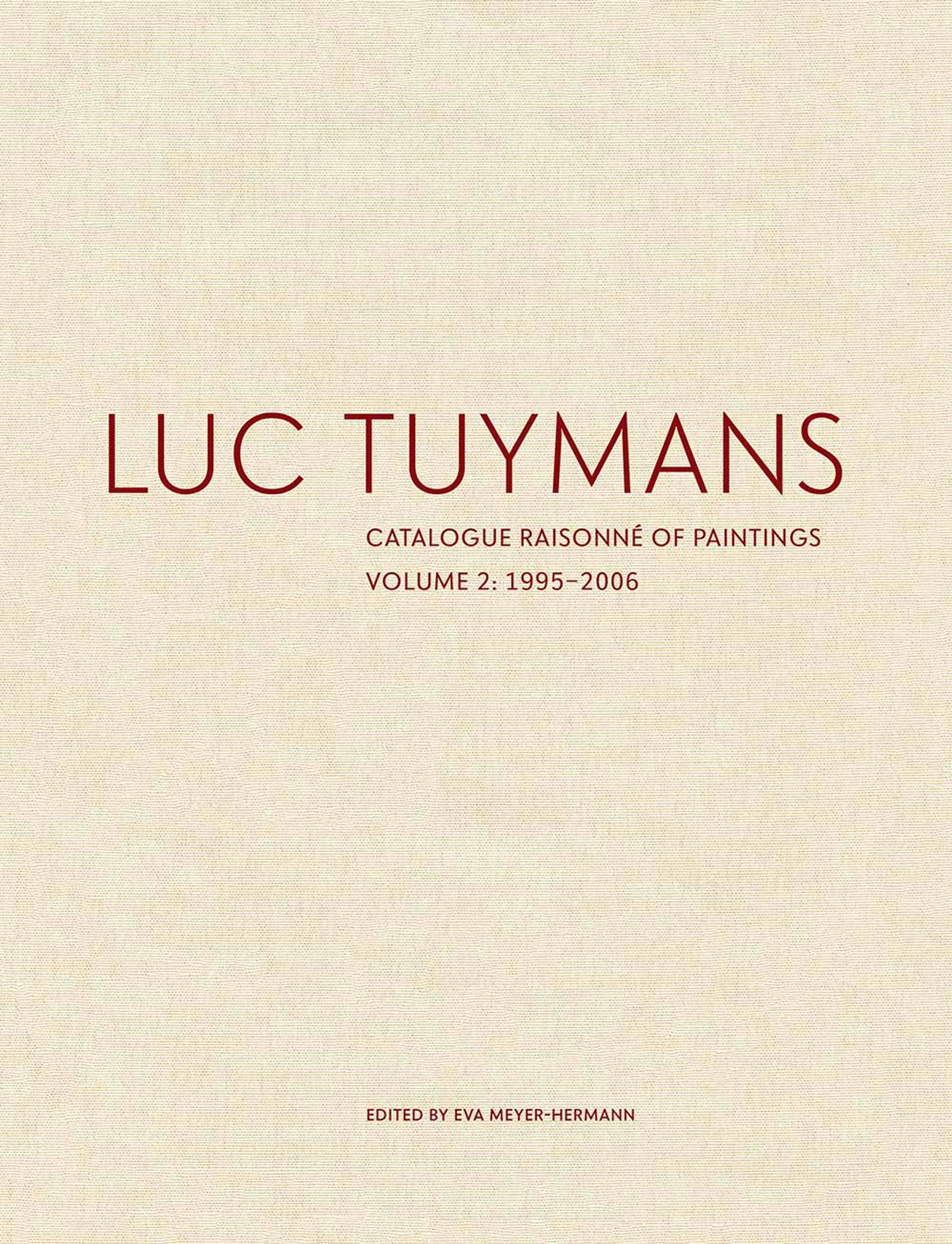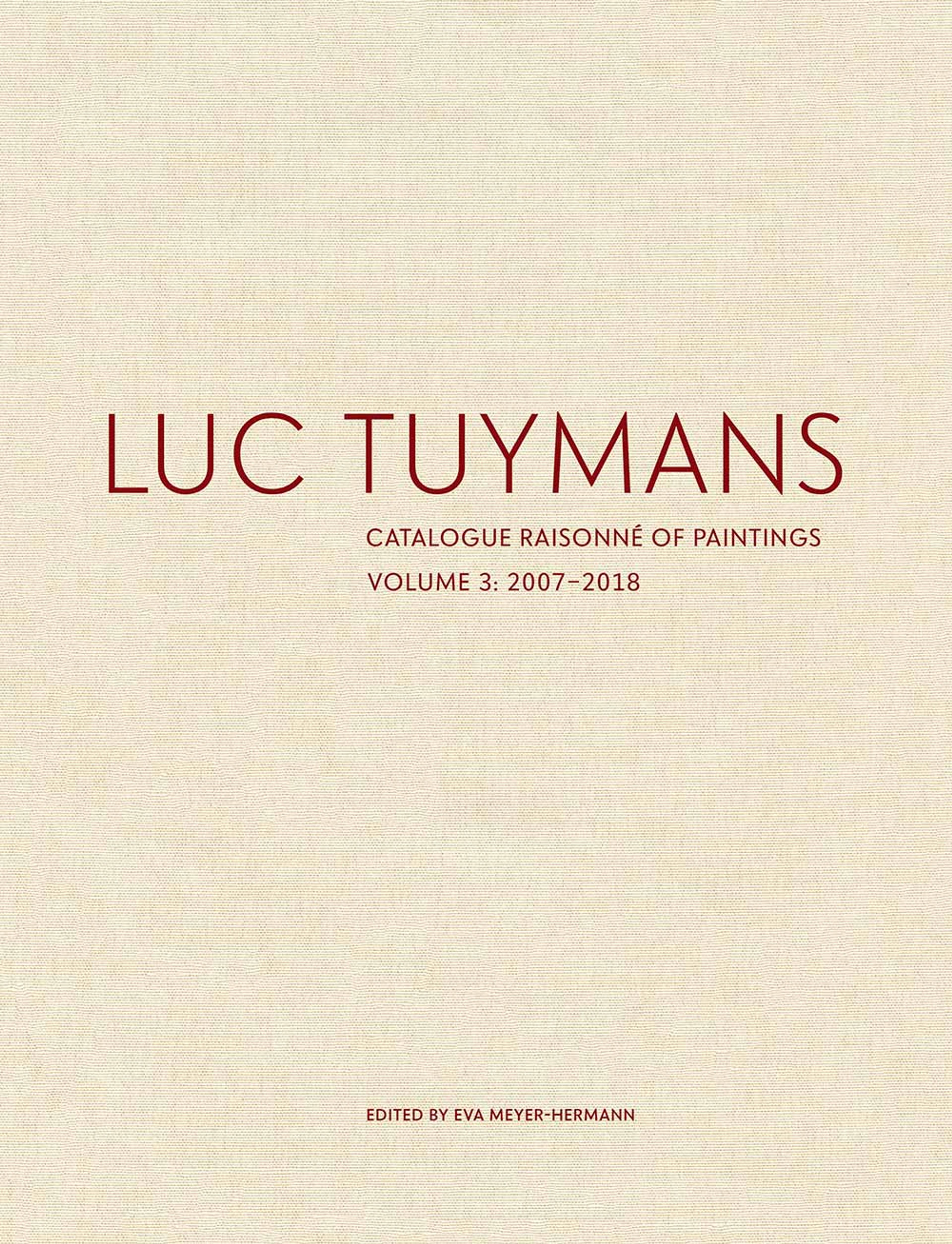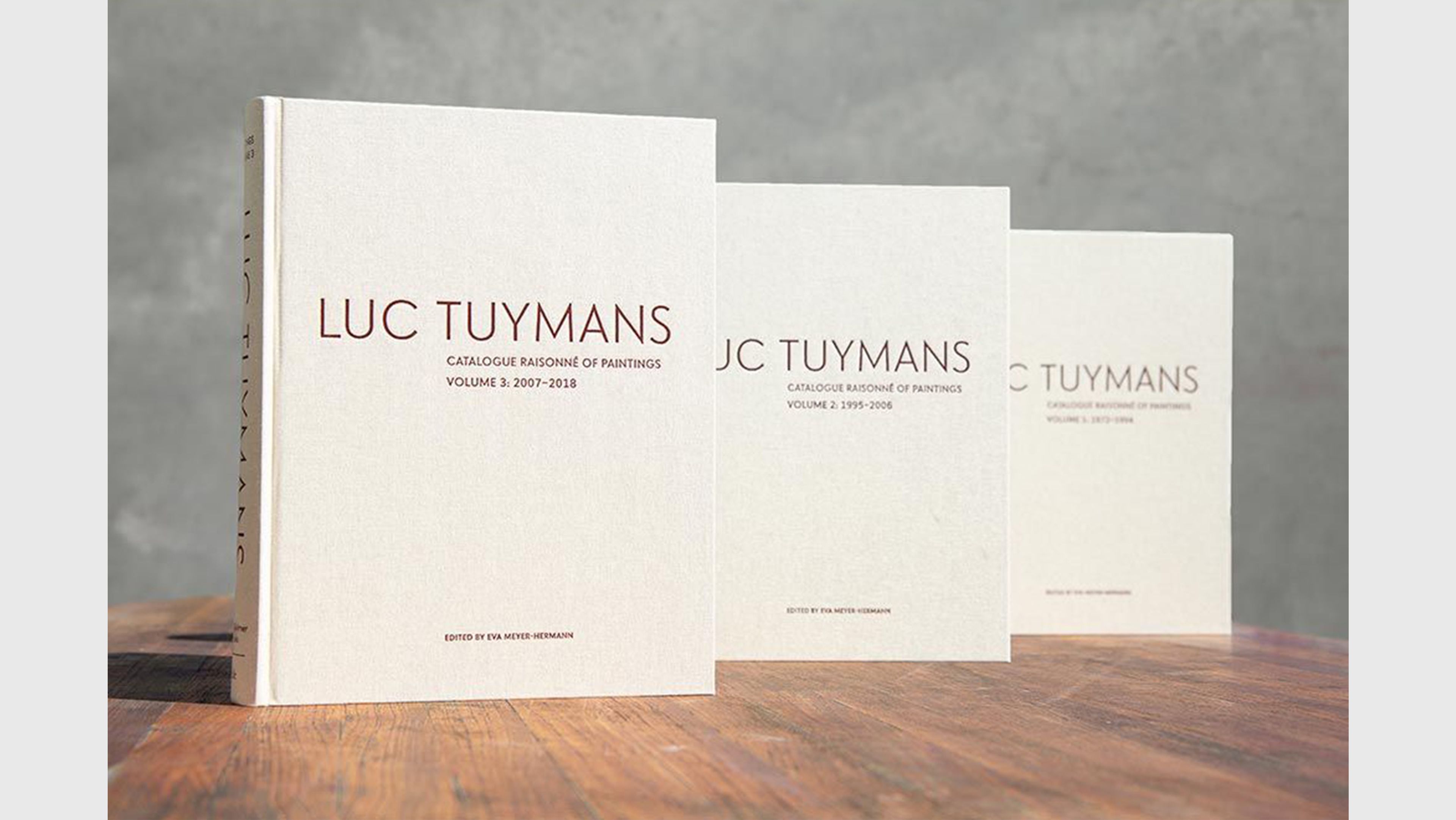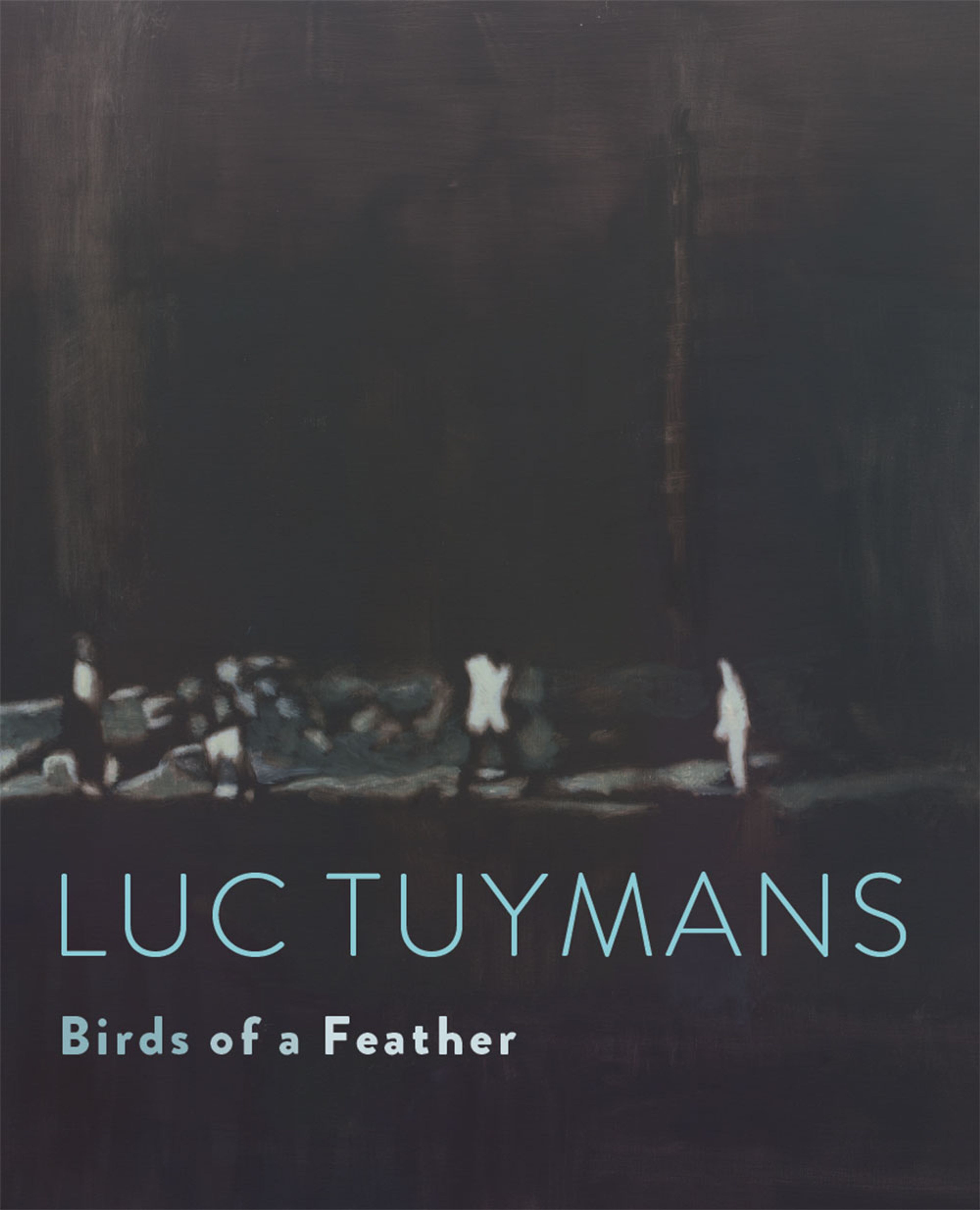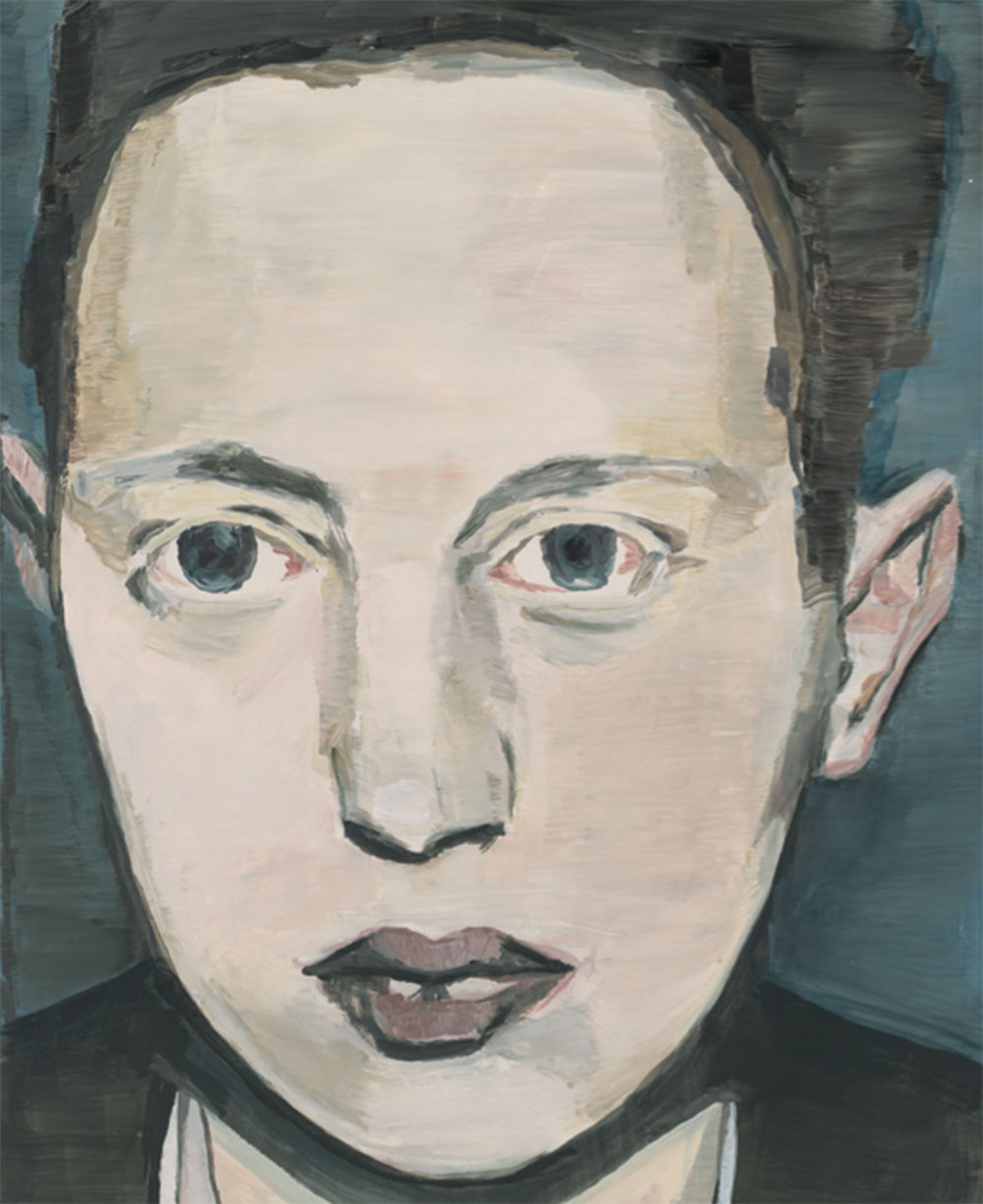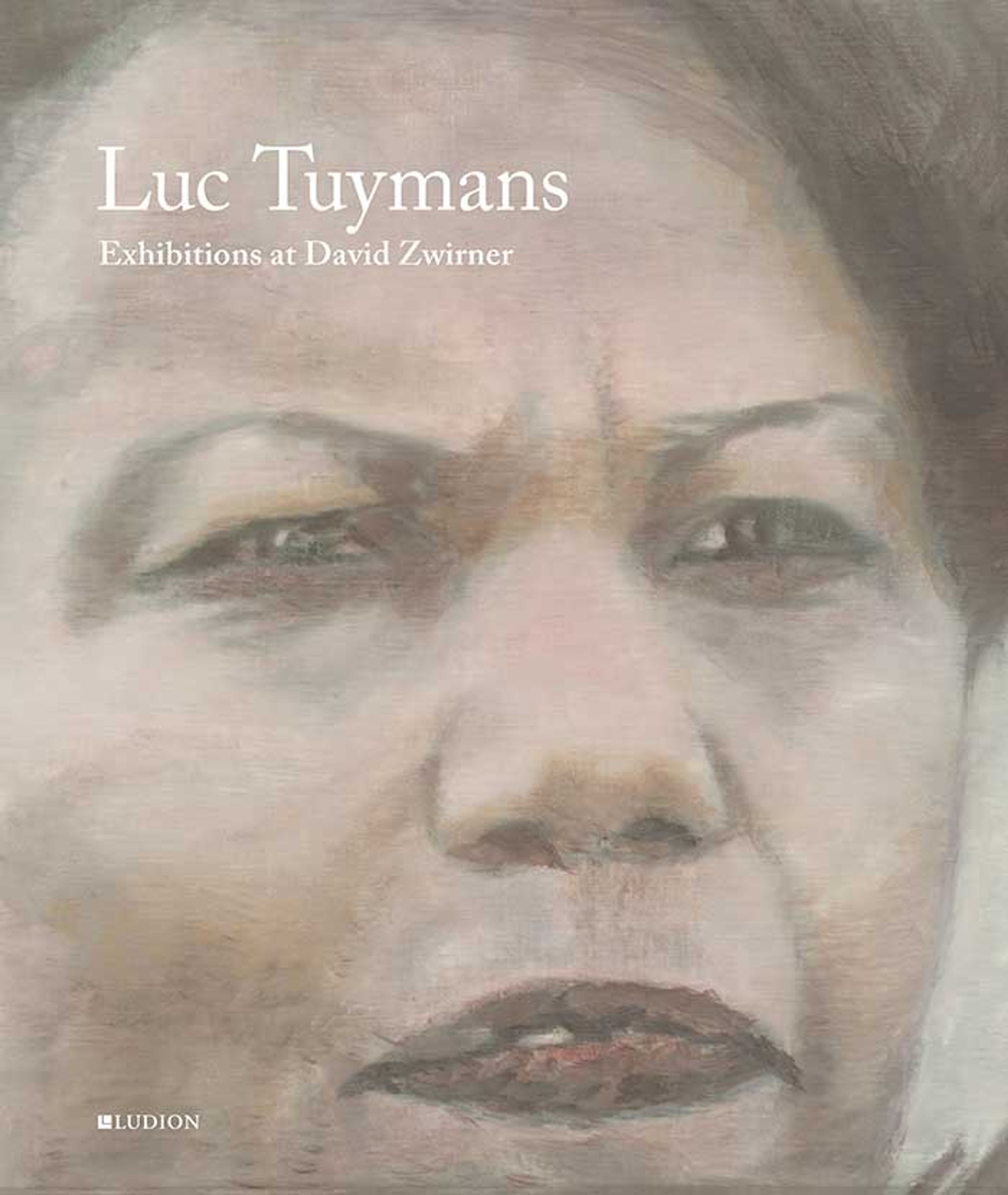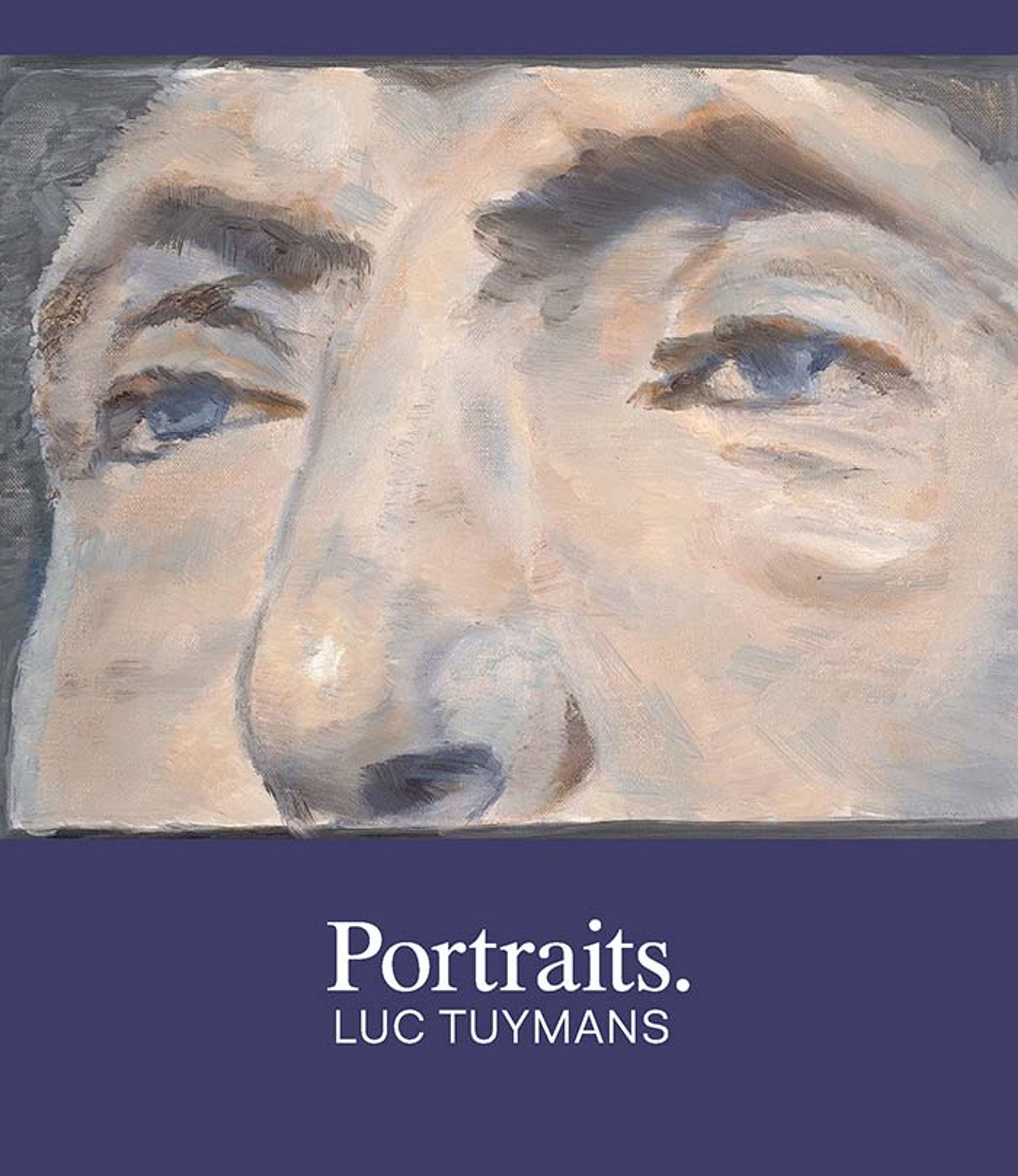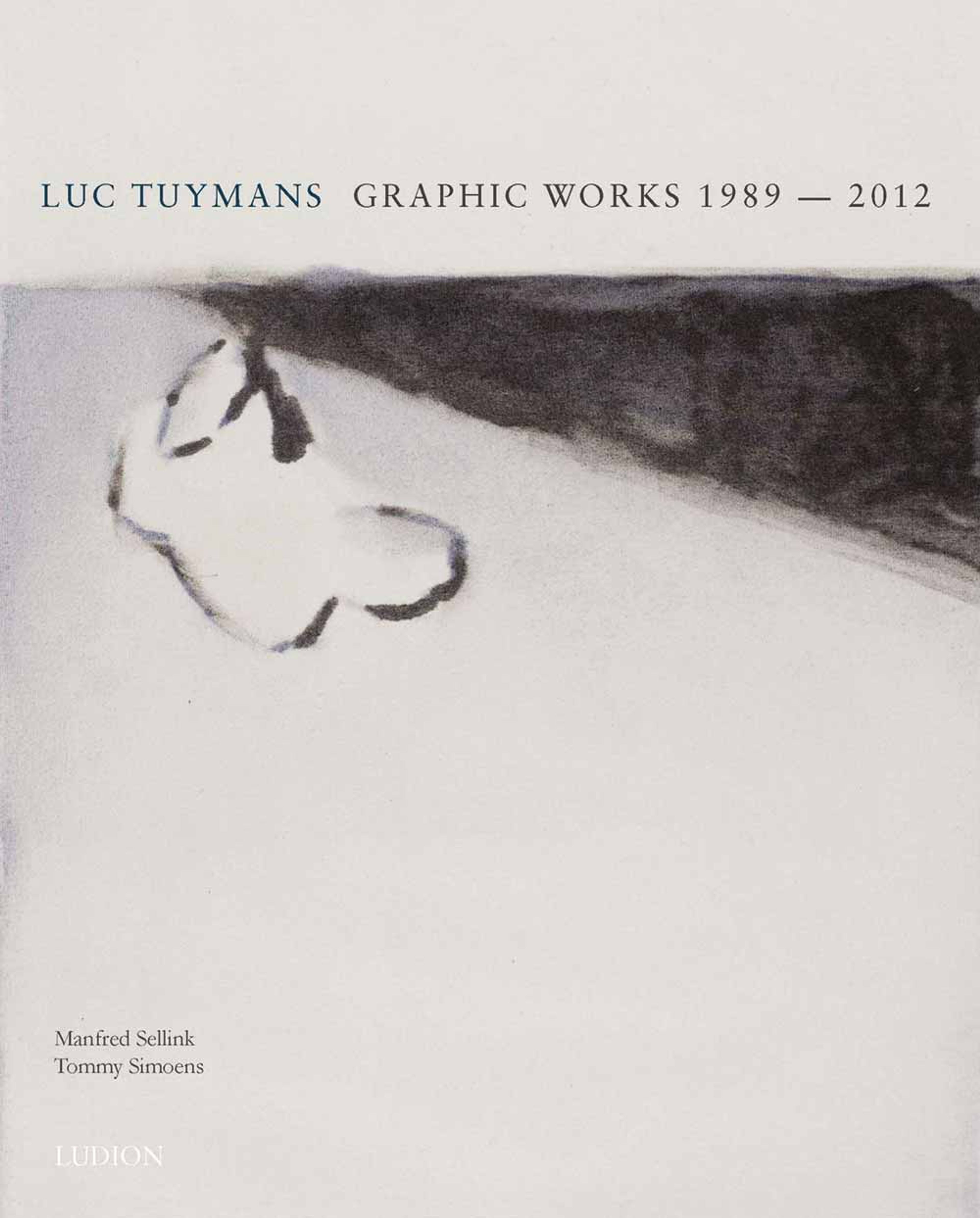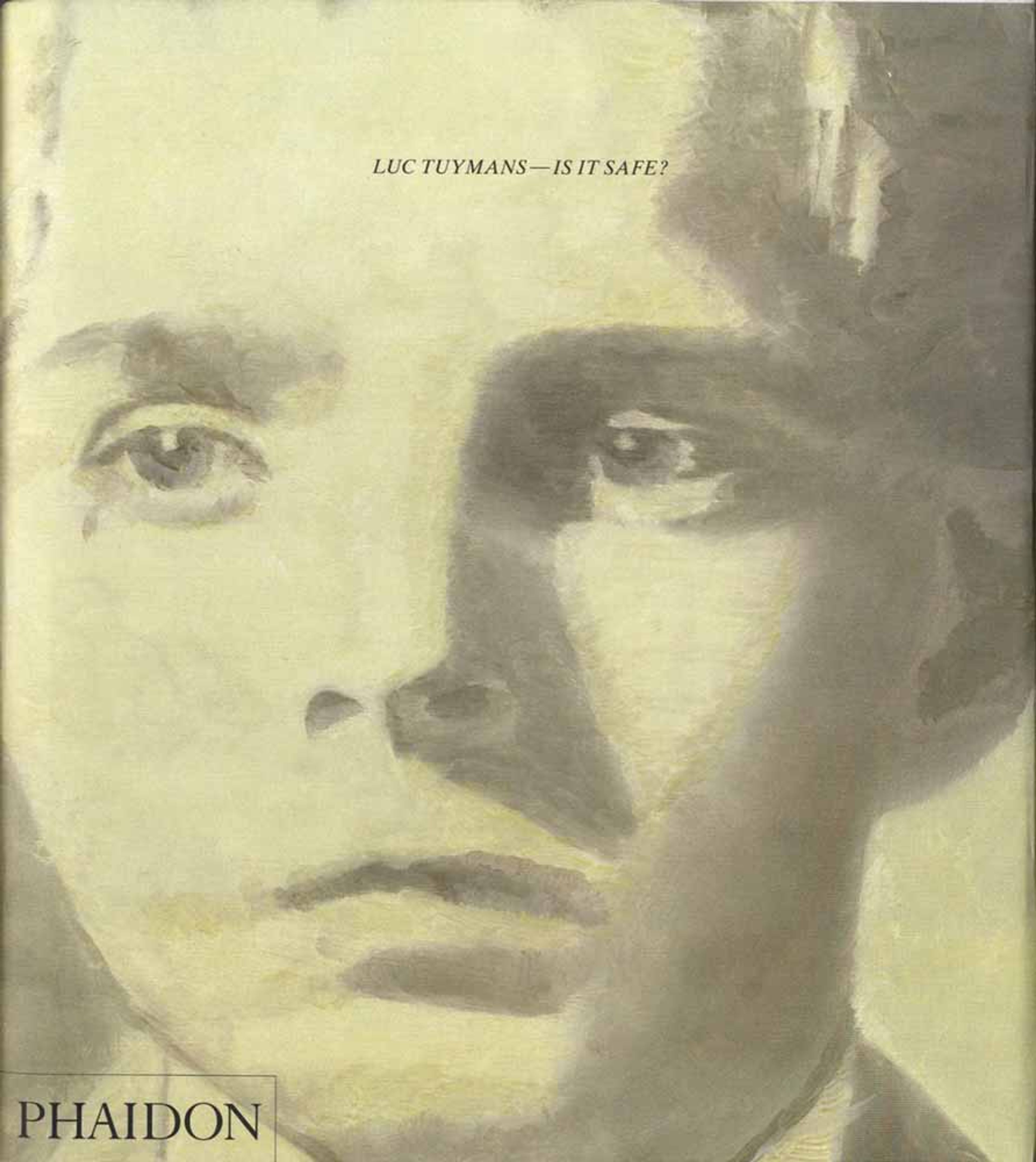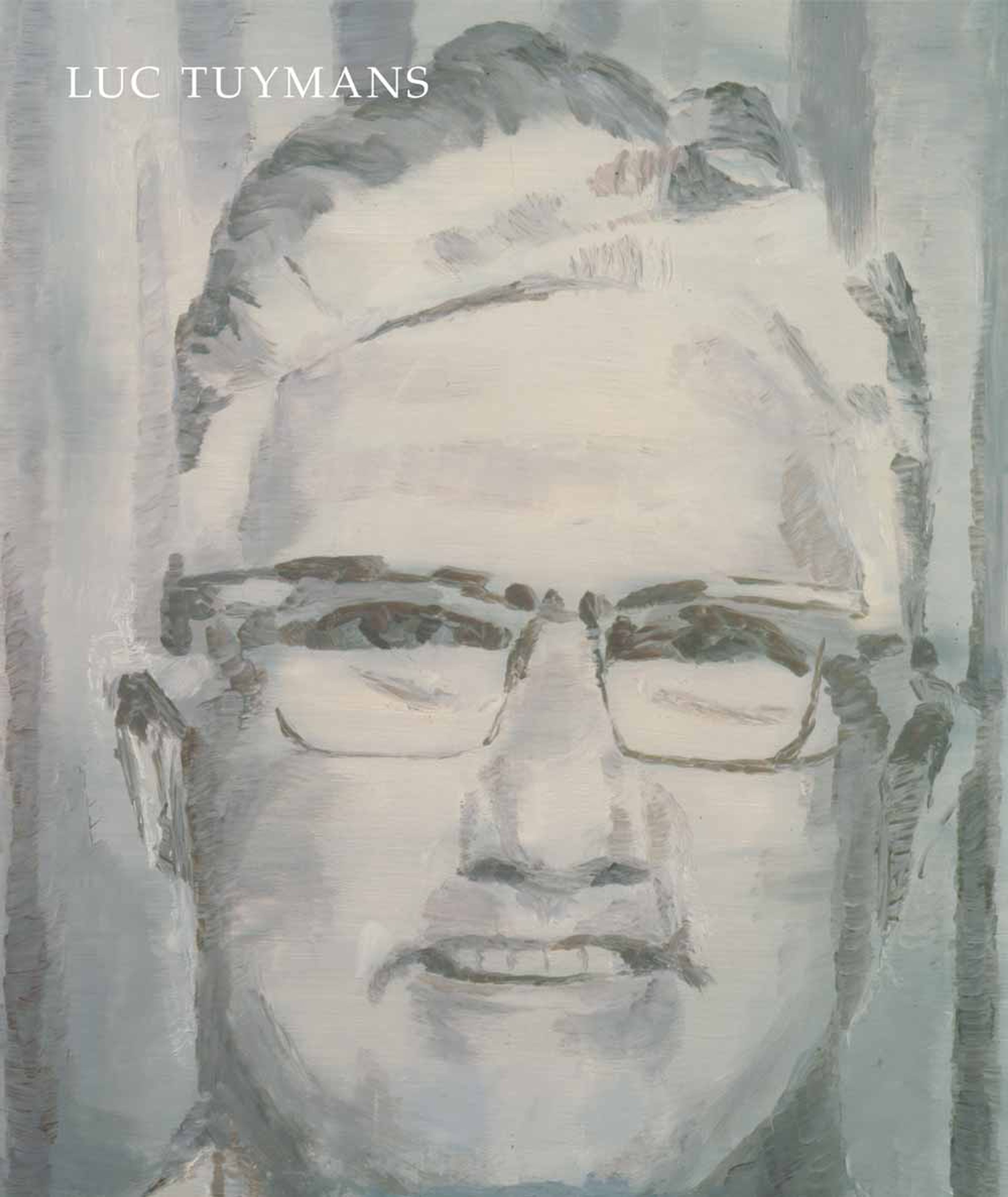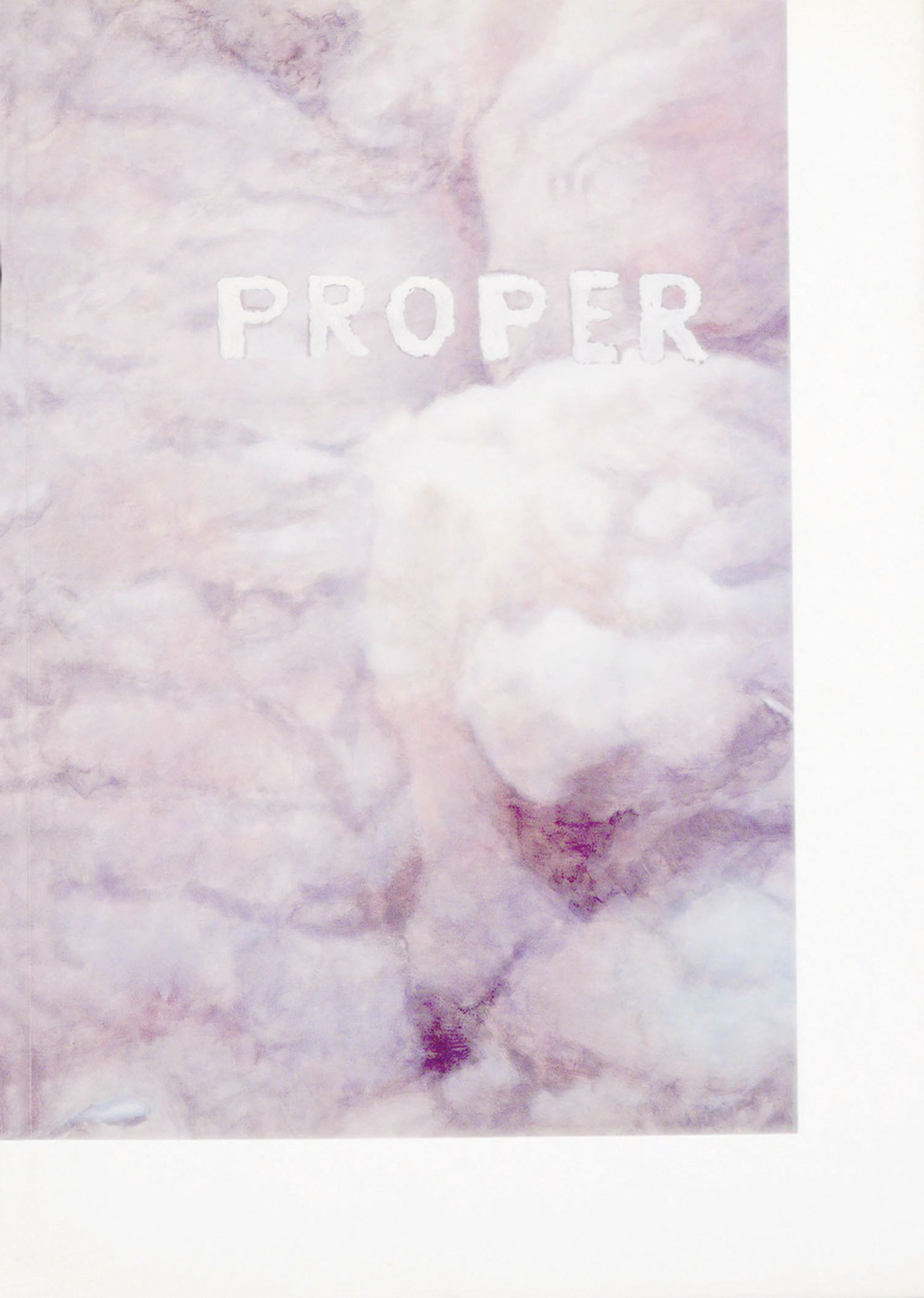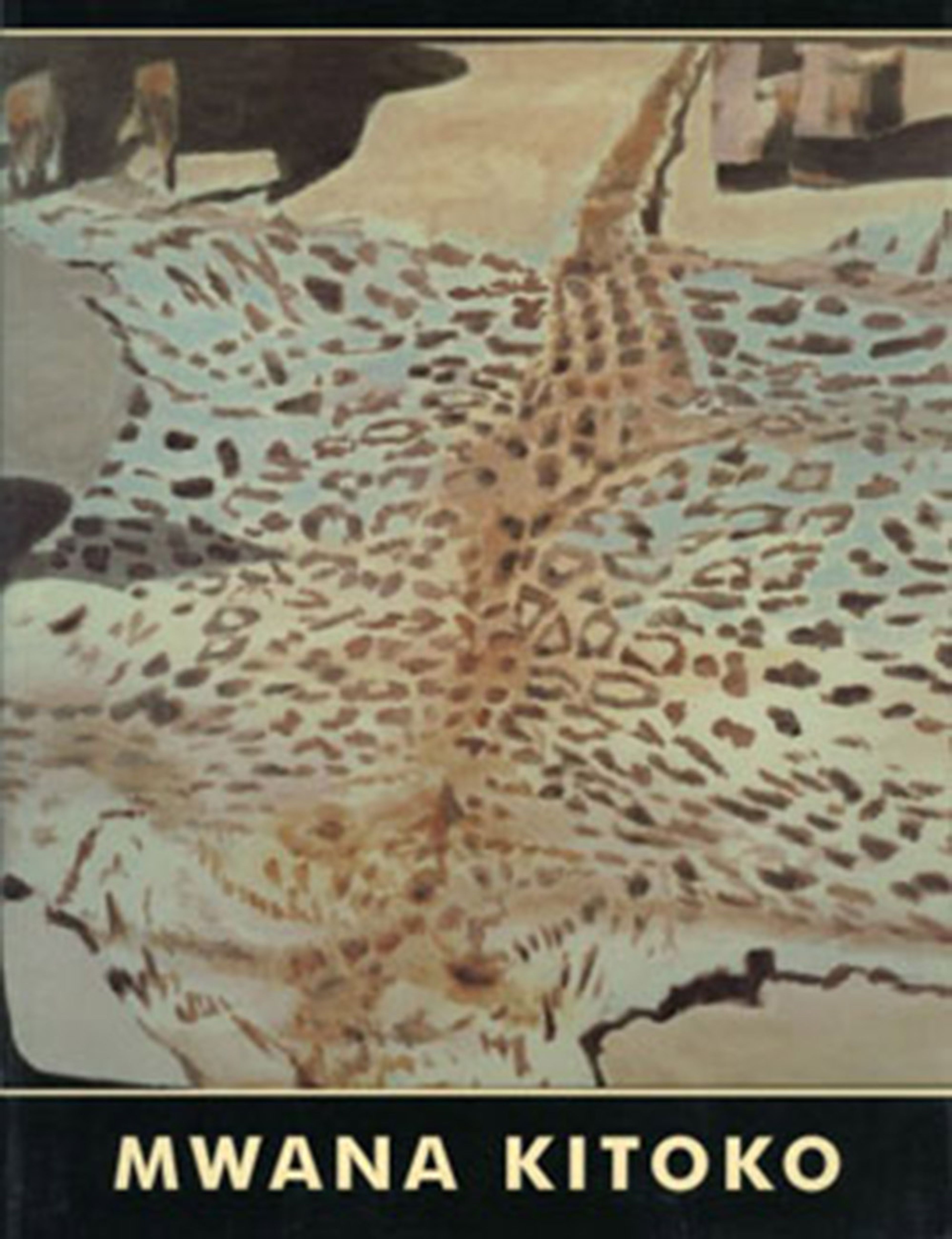Luc Tuymans
One of the most important painters working today, Belgian artist Luc Tuymans (b. 1958) pioneered a distinctive style of figurative painting beginning in the 1980s that has been singularly influential to his peers as well as subsequent generations of artists. The artist’s canvases are based on preexisting imagery from a range of sources and rendered in a restrained palette that belies an underlying moral complexity.
Learn MoreSurvey
Exhibitions

Explore Exhibitions
Artist News
Biography

Luc Tuymans in his studio, 2022. Photo by Otman Q
Born in 1958 in Mortsel, Belgium, Luc Tuymans is one of the most important painters of his generation. His first major museum presentations were held in 1990 at the Provinciaal Museum voor Moderne Kunst, Ostend, Belgium, and the Vereniging voor het Museum van Hedendaagse Kunst, Ghent. In 1992, the artist participated in Documenta IX in Kassel, in addition to having a solo exhibition at Kunsthalle Bern, which helped cement his growing reputation in Europe. In 1994, Luc Tuymans: Superstition debuted at Portikus, Frankfurt, and traveled to David Zwirner, New York; the Art Gallery of York University, Toronto; The Renaissance Society at the University of Chicago; the Institute of Contemporary Arts, London; and Goldie Paley Gallery, Moore College of Art & Design, Philadelphia, establishing him as a major influential artist abroad. In 2001, the artist represented Belgium at the Venice Biennale to great acclaim. Tuymans lives and works in Antwerp.
One of the first artists to be represented by David Zwirner, Tuymans has had numerous solo exhibitions at the gallery since joining its roster in 1994. The Fruit Basket, the artist's eighteenth show with the gallery, is currently on view at David Zwirner New York. In May 2023, David Zwirner presented The Barn, a solo exhibition of Tuymans’s work, at the gallery’s 537 West 20th Street location in New York. This was the artist’s first solo presentation in the United States since 2016. Previous shows at David Zwirner include Eternity (2022); Monkey Business (2021); Good Luck (2020); Le Mépris (2016); The Shore (2015); The Summer is Over (2013); Allo! (2012); Corporate (2010); Forever, The Management of Magic (2008); Proper (2005); Fortune (2003); Mwana Kitoko: Beautiful White Man (2000); Security (1998); The Heritage (1996); Francis Picabia and Luc Tuymans: Paintings (1995); and Superstition (1994).
Tuymans has been featured in numerous solo exhibitions at prestigious institutions worldwide. An in-situ temporary mural by the artist, L'Orphelin, was on view at the Valentin de Boulogne rotunda in the Musée du Louvre, Paris, in 2024–2025. In 2024, the UCCA Center for Contemporary Art, Beijing, presented The Past, a major exhibition of the artist's work. Other solo presentations include those held at Palazzo Grassi, Venice (2019); De Pont Museum, Tilburg, The Netherlands (2019); Museum aan de Stroom (MAS), Antwerp (2016), which traveled to the National Portrait Gallery, London (2016); Qatar Museums Gallery – Al Riwaq, Doha (2015); Menil Collection, Houston (2013); the Wexner Center for the Arts, Columbus, Ohio (2009), which traveled to San Francisco Museum of Modern Art, Dallas Museum of Art, Museum of Contemporary Art Chicago, and BOZAR – Palais des Beaux-Arts, Brussels; and Tate Modern, London (2004), which traveled to K21 Kunstsammlung Nordrhein-Westfalen, Düsseldorf.
The artist has received numerous awards and honors, including the Medal of Honor, International Congress of Contemporary Painting (ICOCEP), Porto, Portugal (2019); the Coutts Contemporary Art Foundation Award, Zurich (2000); and the Flemish Culture Award for Visual Arts (1993). His works are featured in museum collections worldwide, including the Art Institute of Chicago; Centre Georges Pompidou, Paris; Fondazione Prada, Milan; Los Angeles County Museum of Art; The Museum of Modern Art, New York; National Gallery of Art, Washington, DC; The National Museum of Art, Osaka; Pinakothek der Moderne, Munich; Pinault Collection; Solomon R. Guggenheim Museum, New York; San Francisco Museum of Modern Art; and Tate, United Kingdom.
Tuymans’s catalogue raisonné of paintings, from 1972 to 2018, is available from David Zwirner Books and Yale University Press. The three volumes feature full-color images and documentation of more than five hundred paintings.
Selected Press
Selected Titles

Request more information


